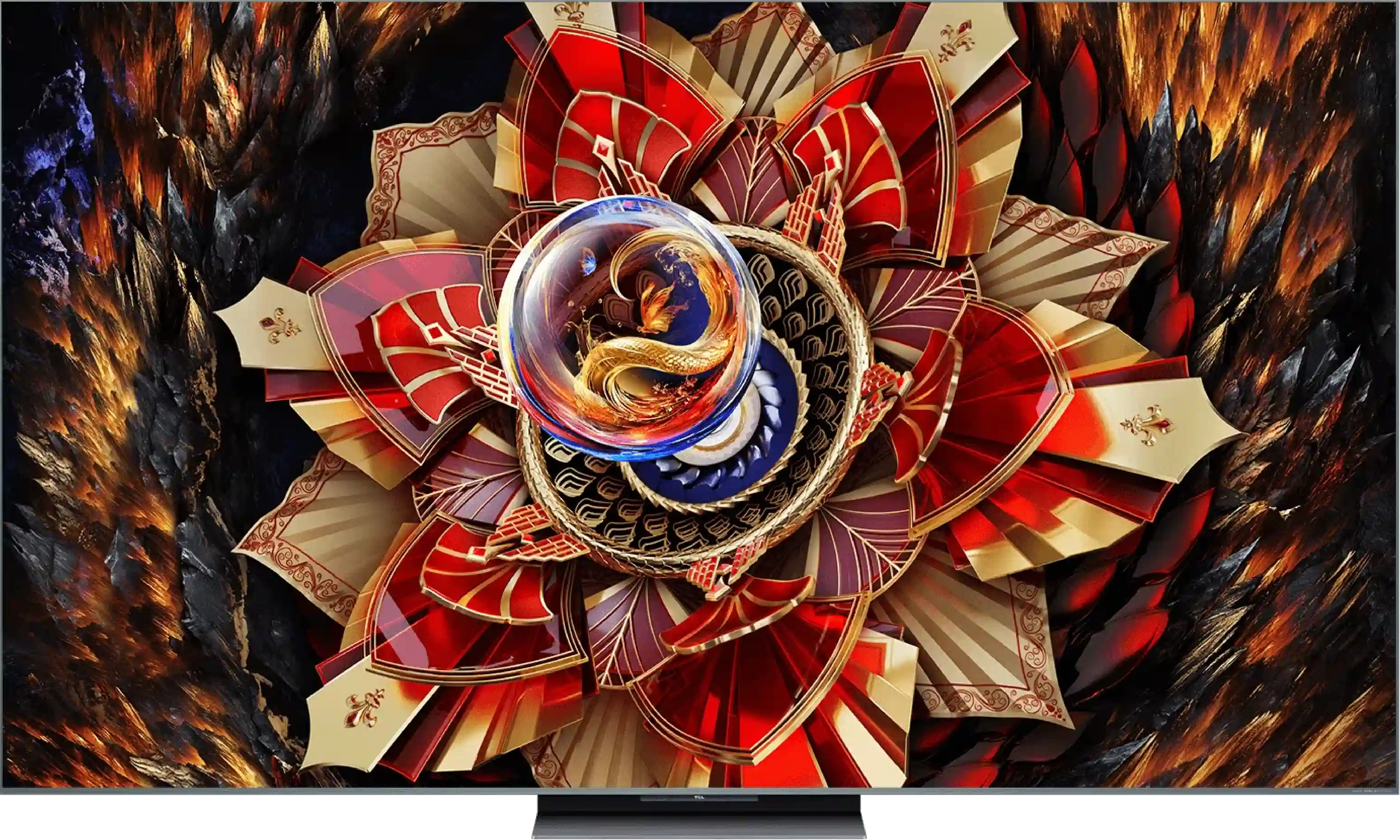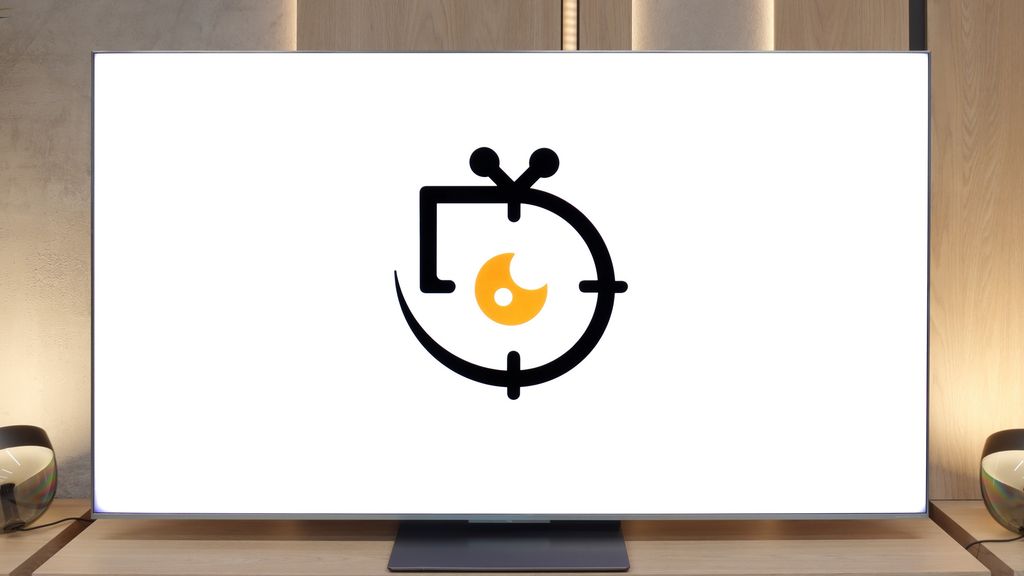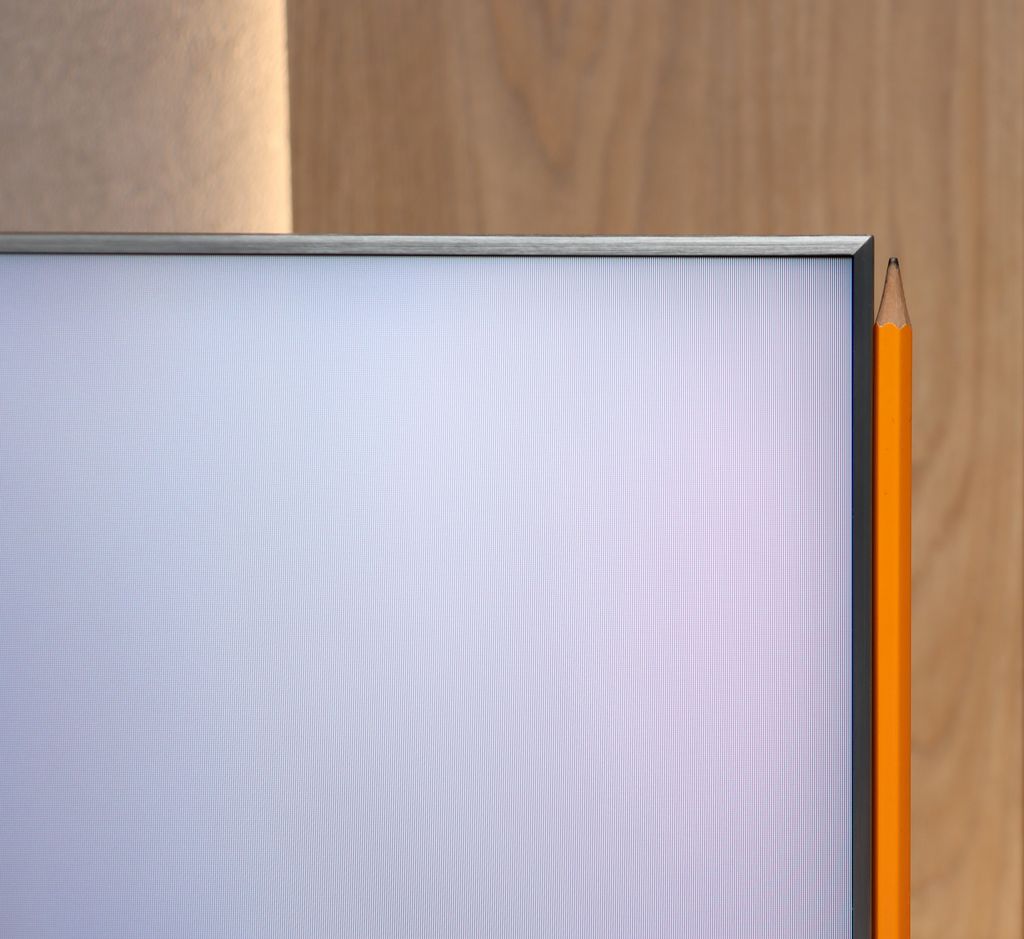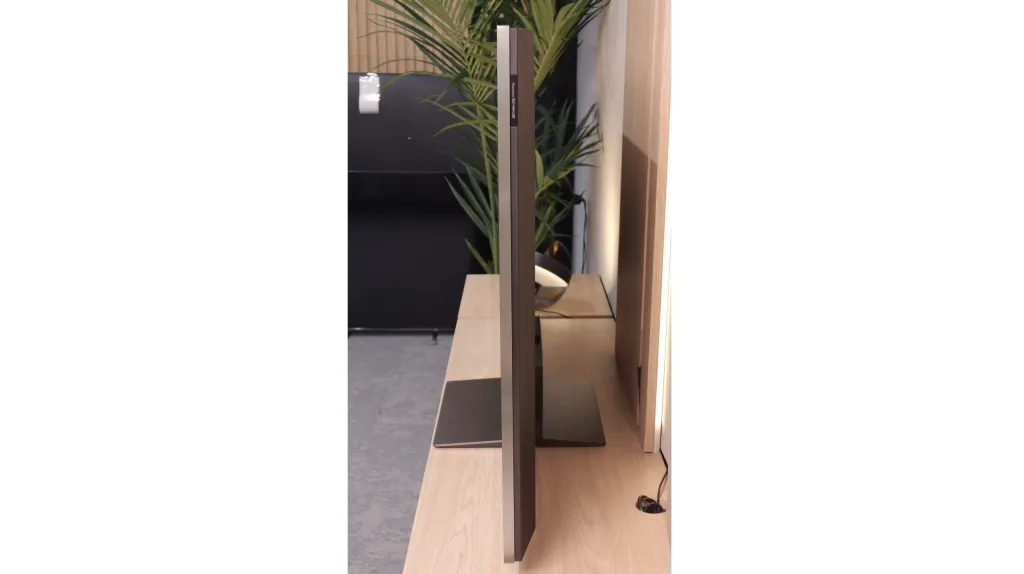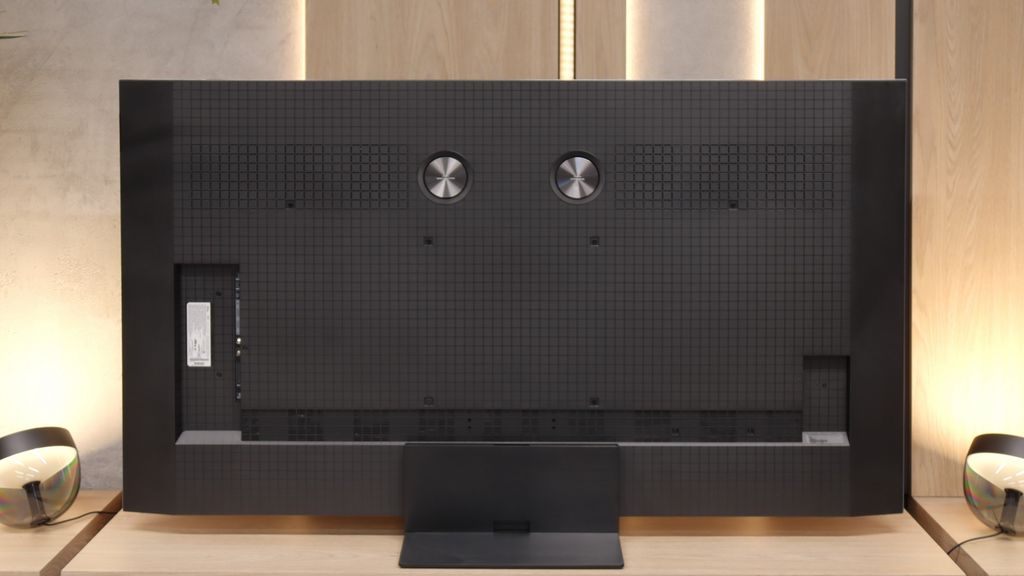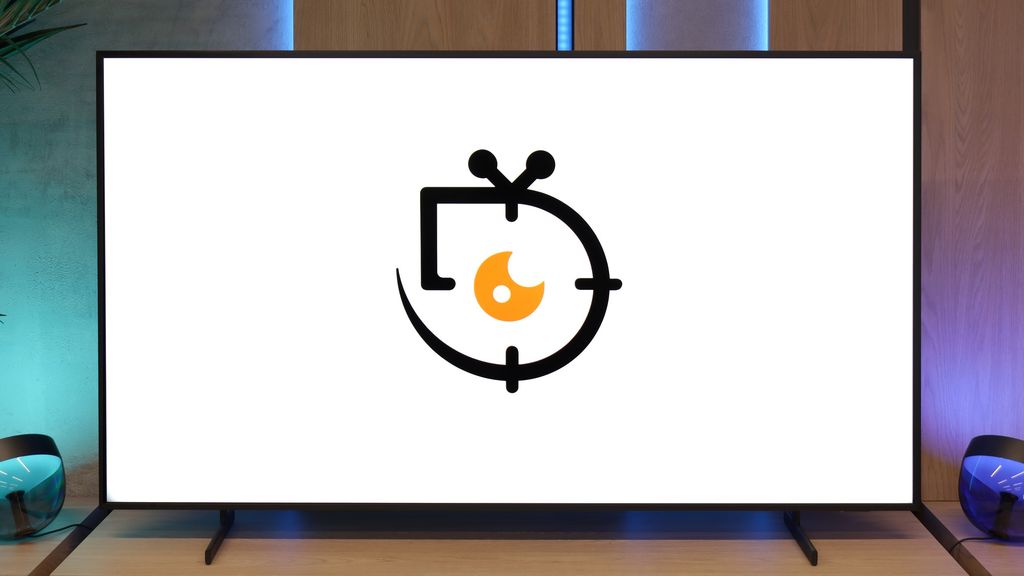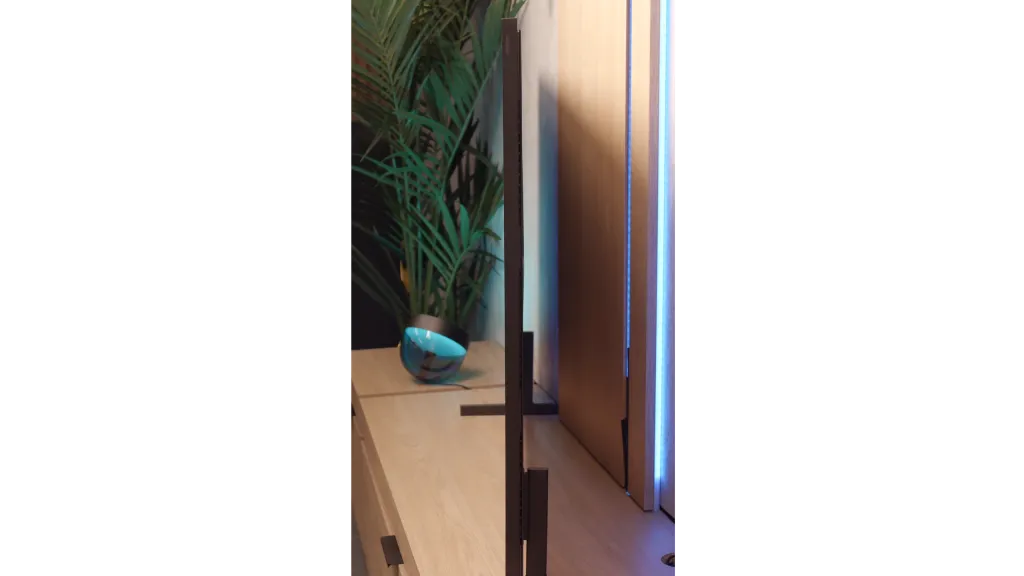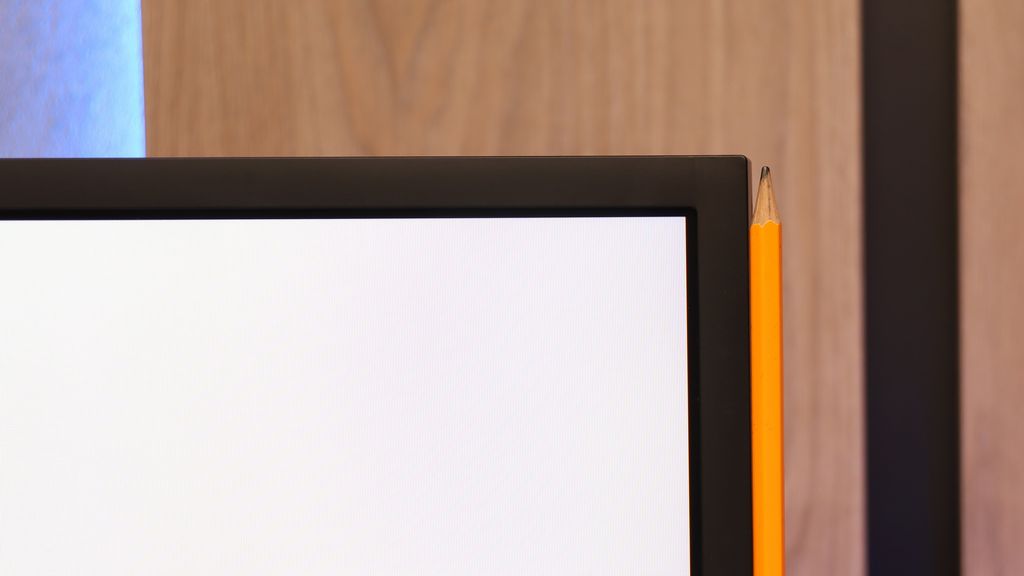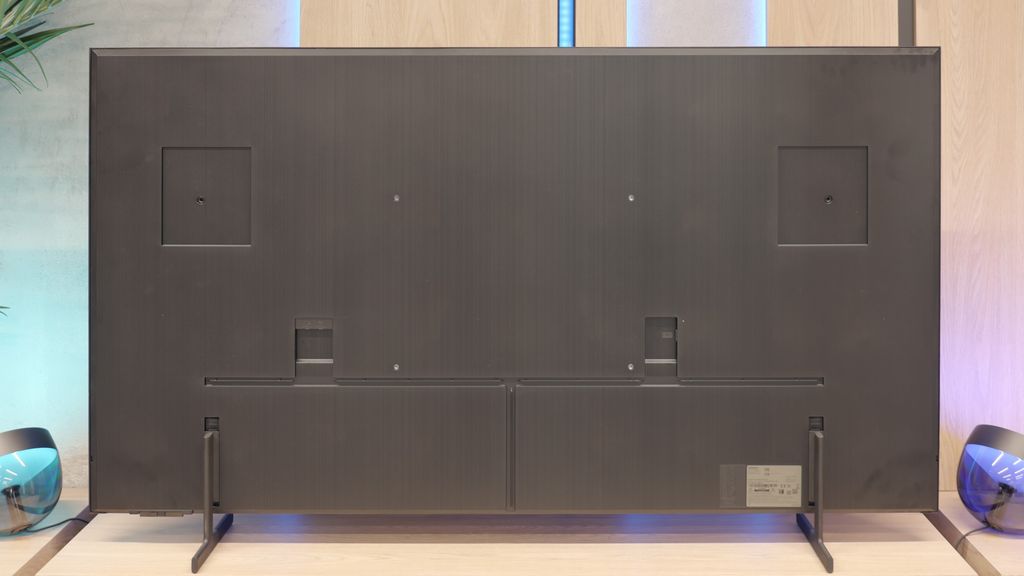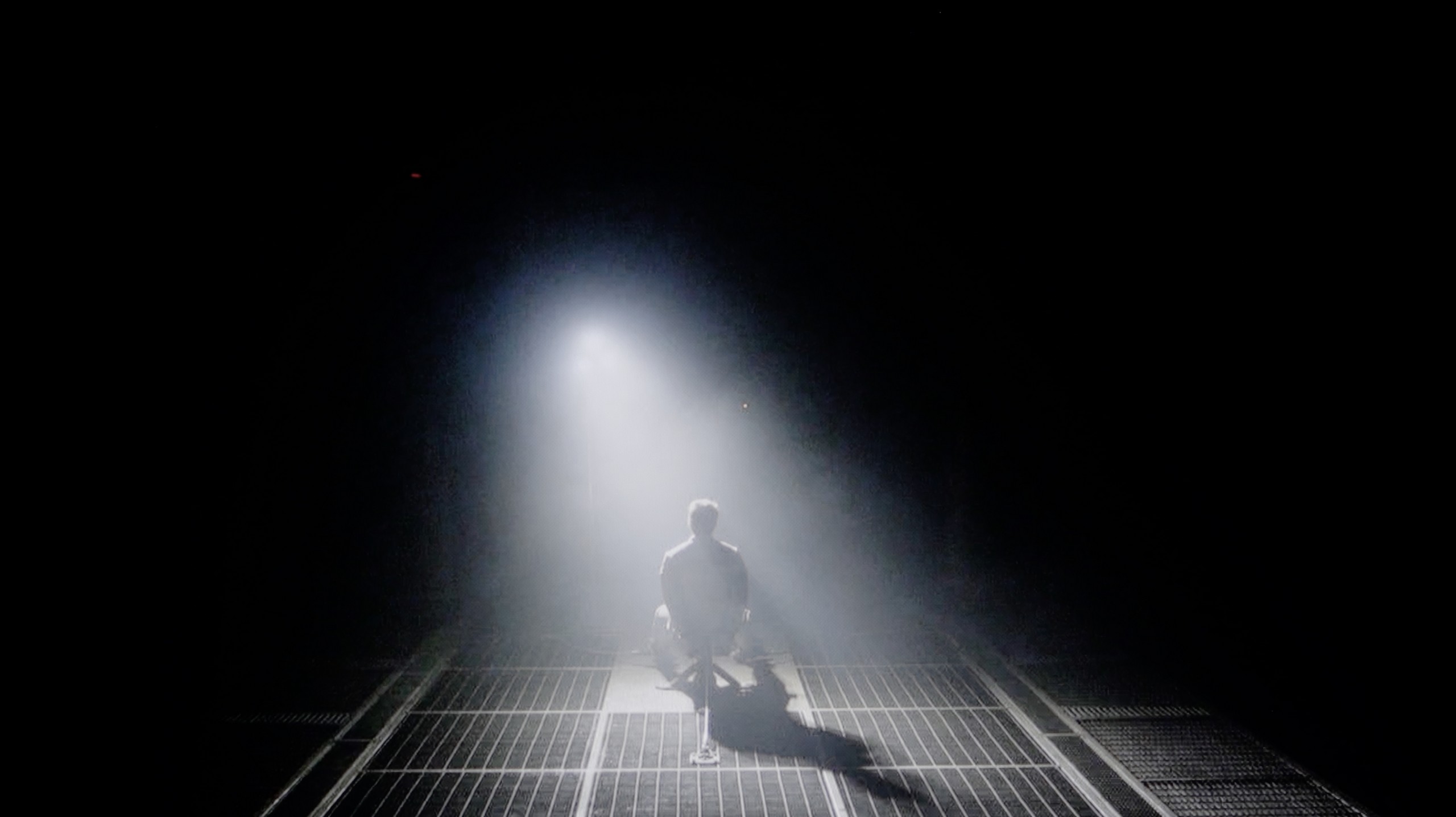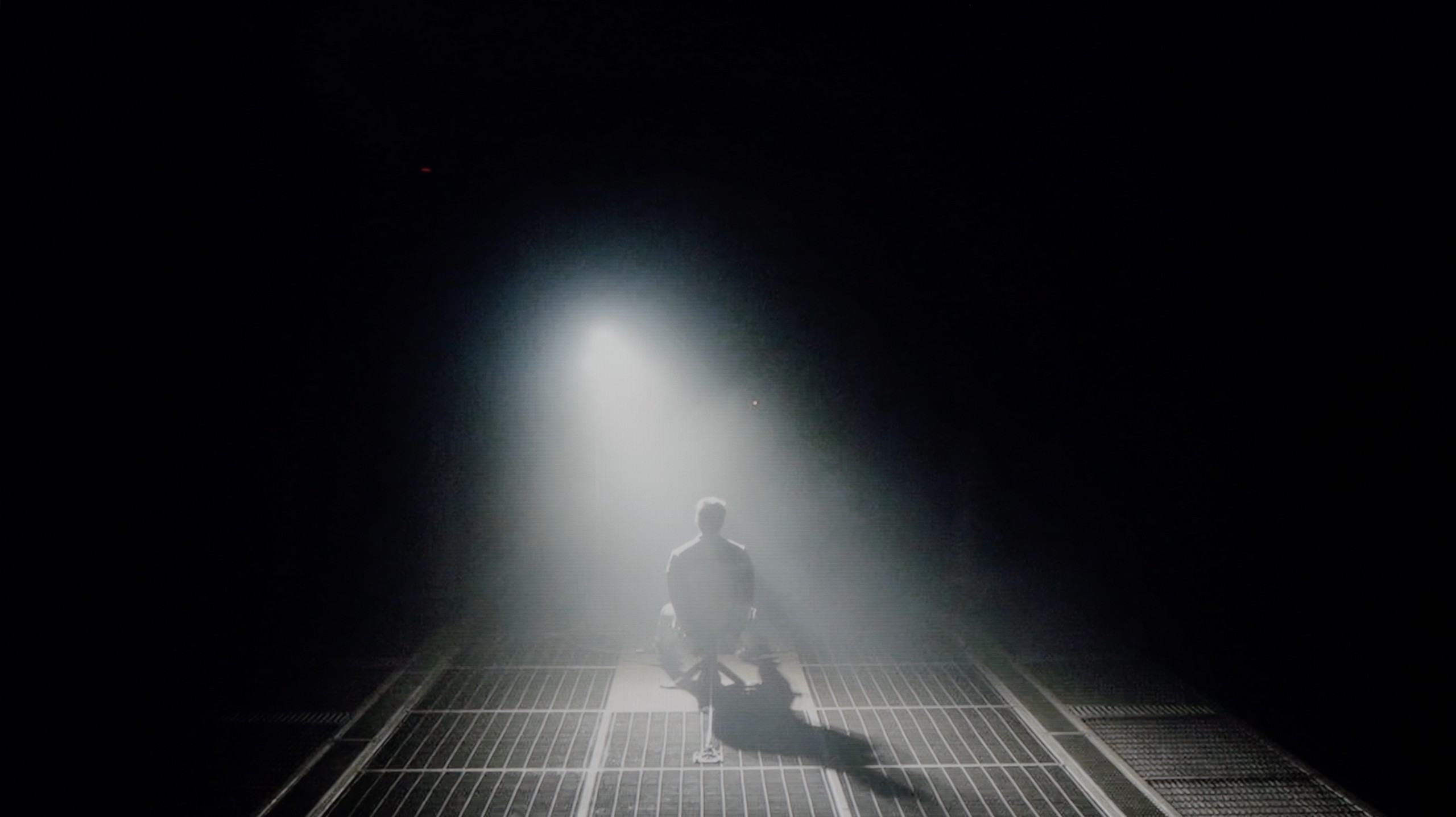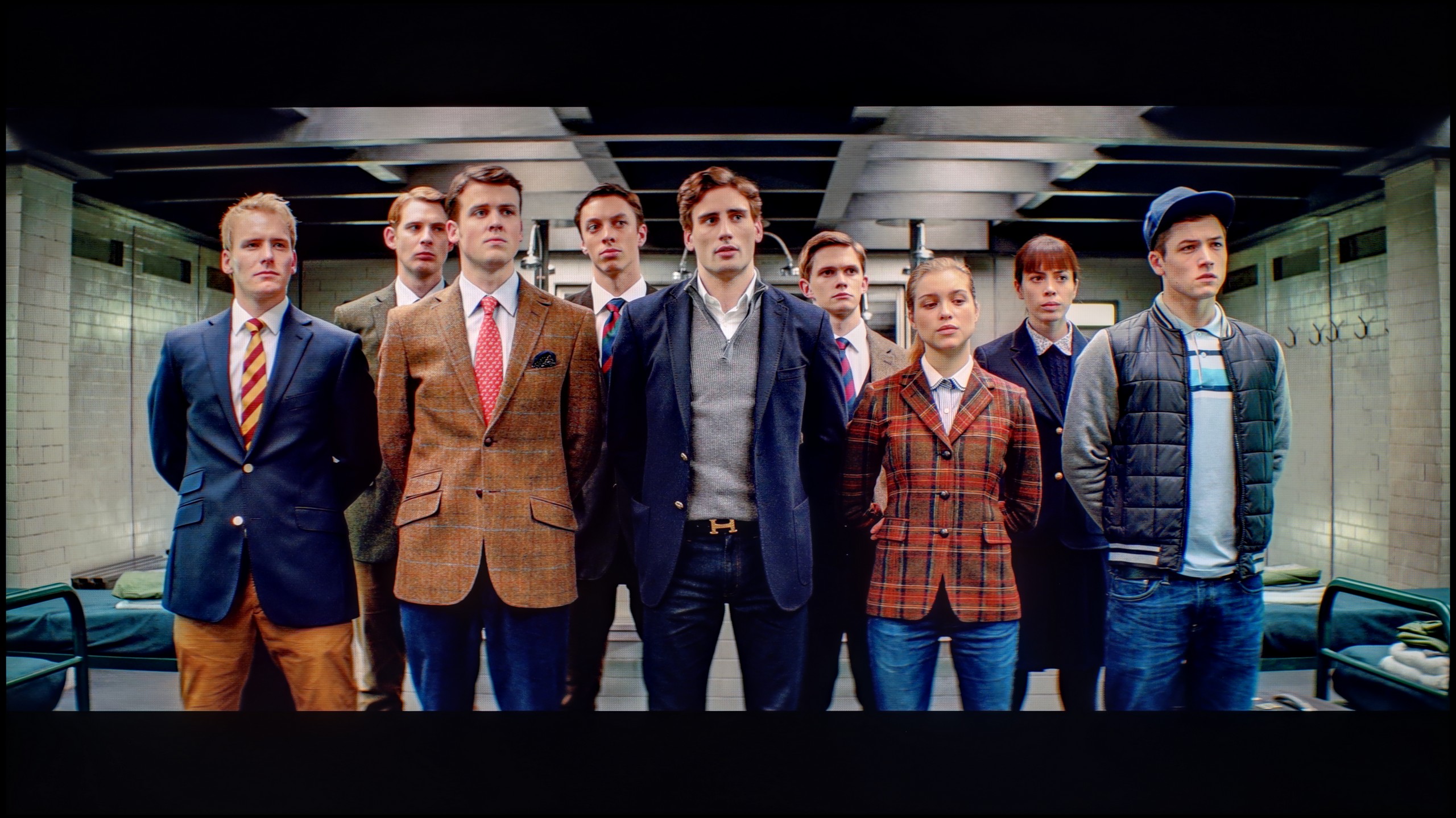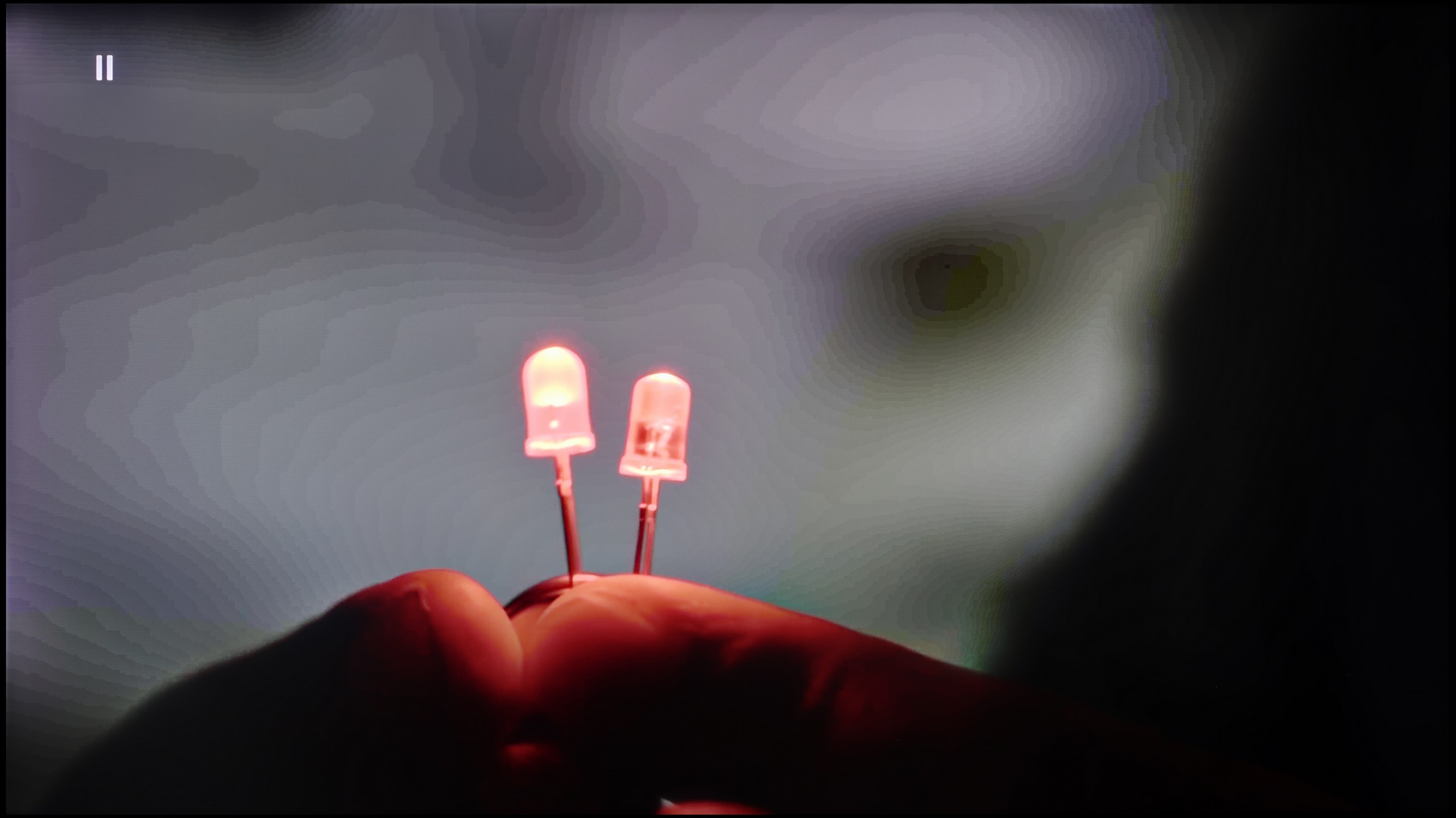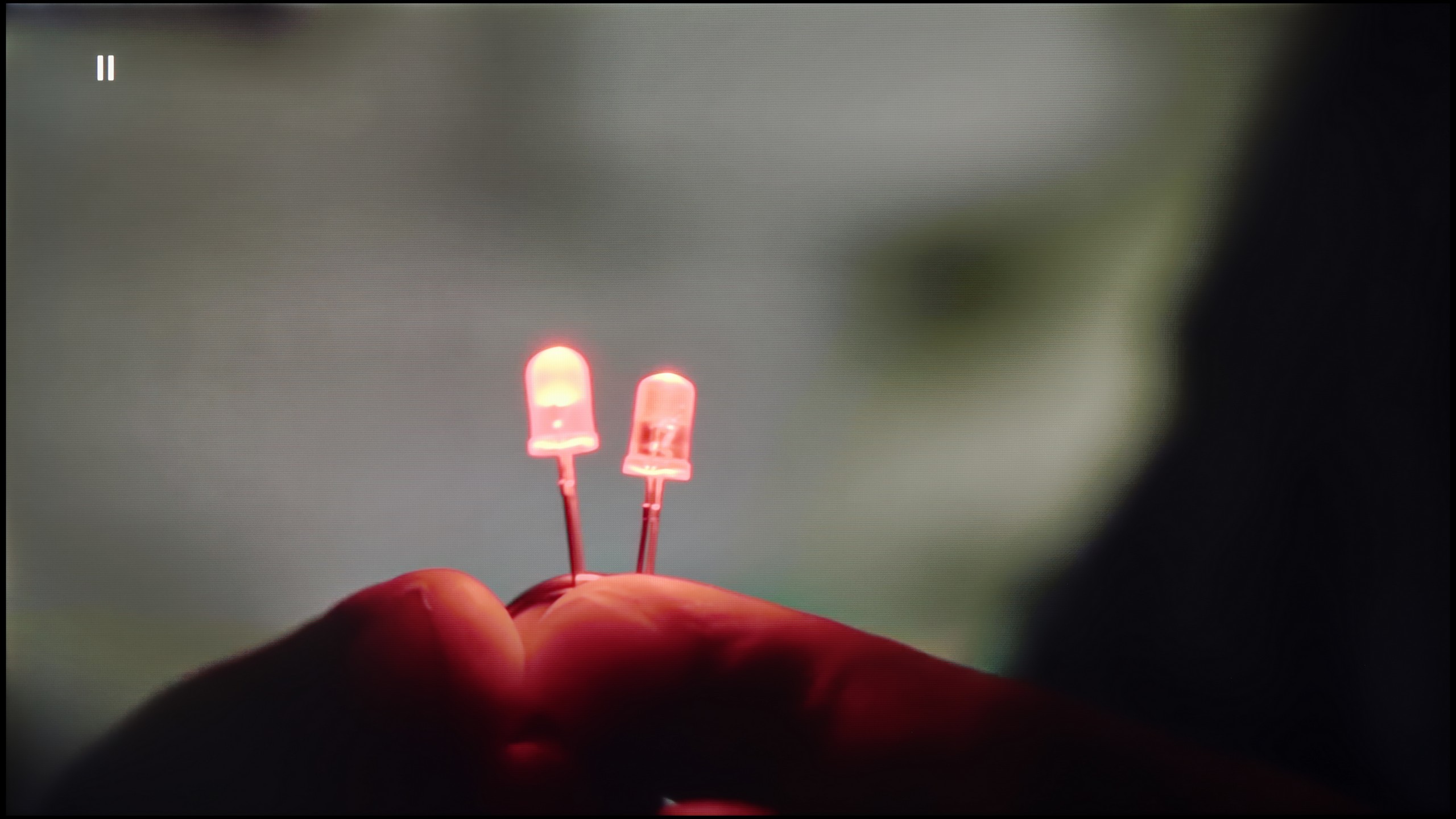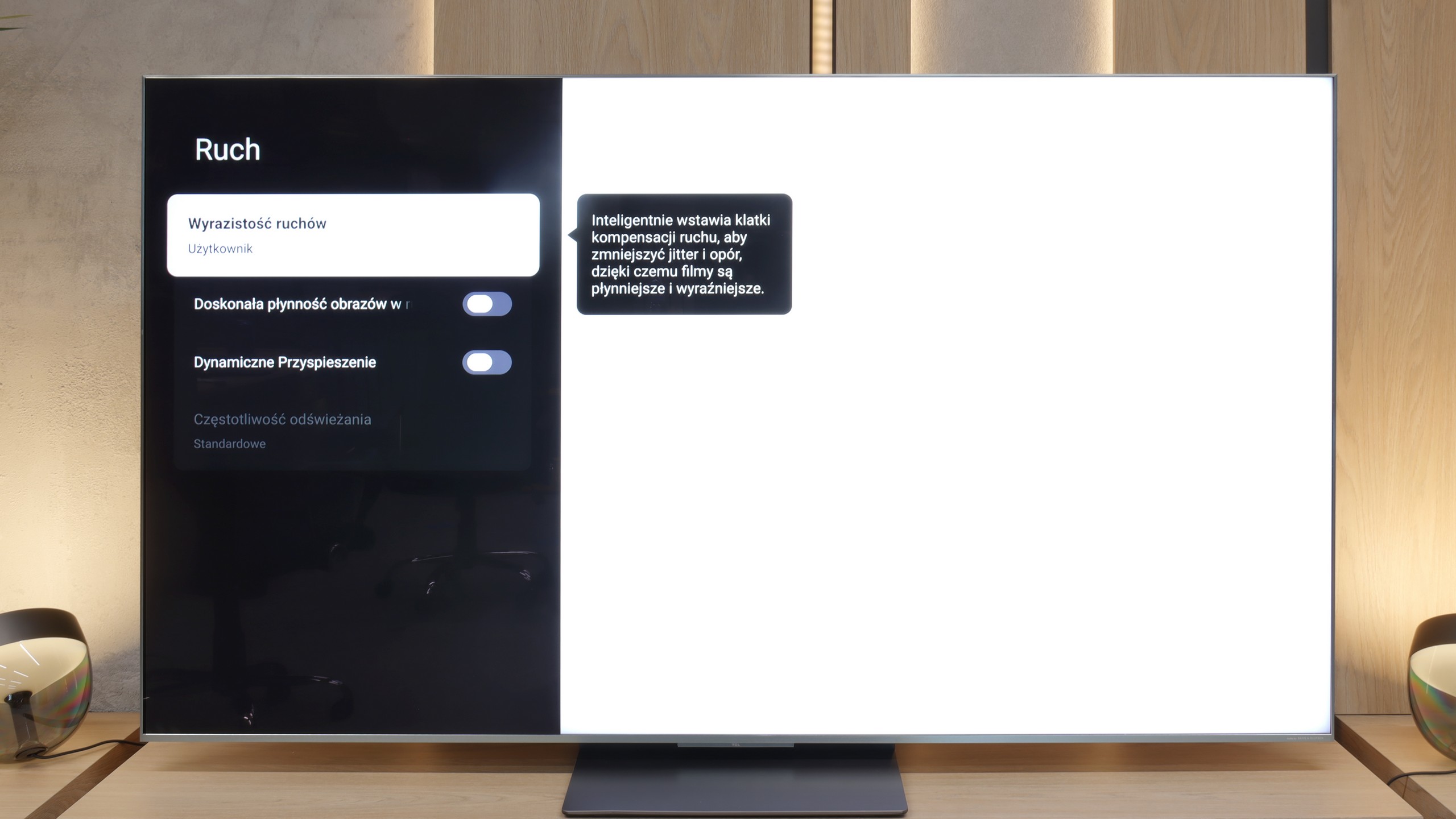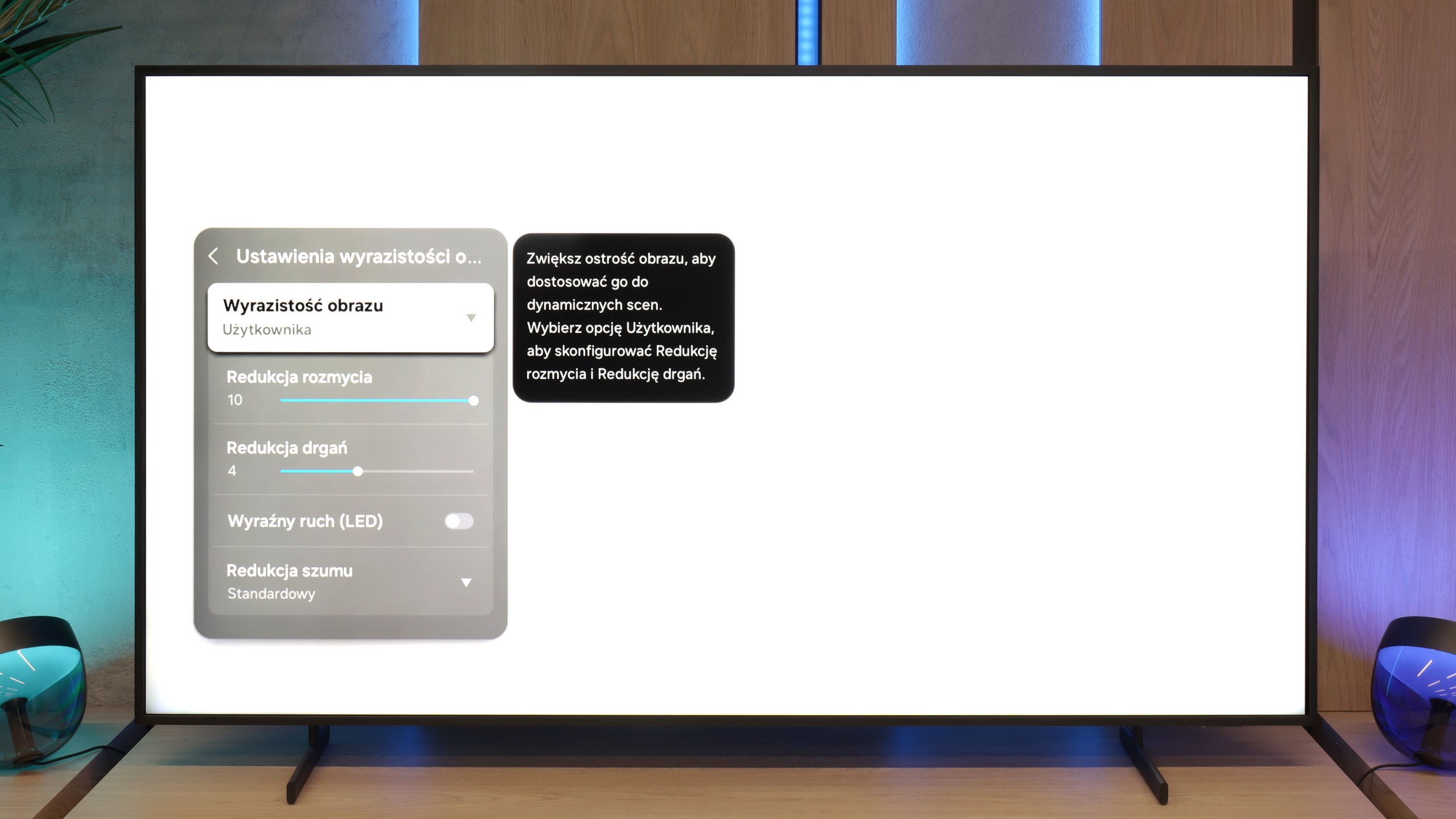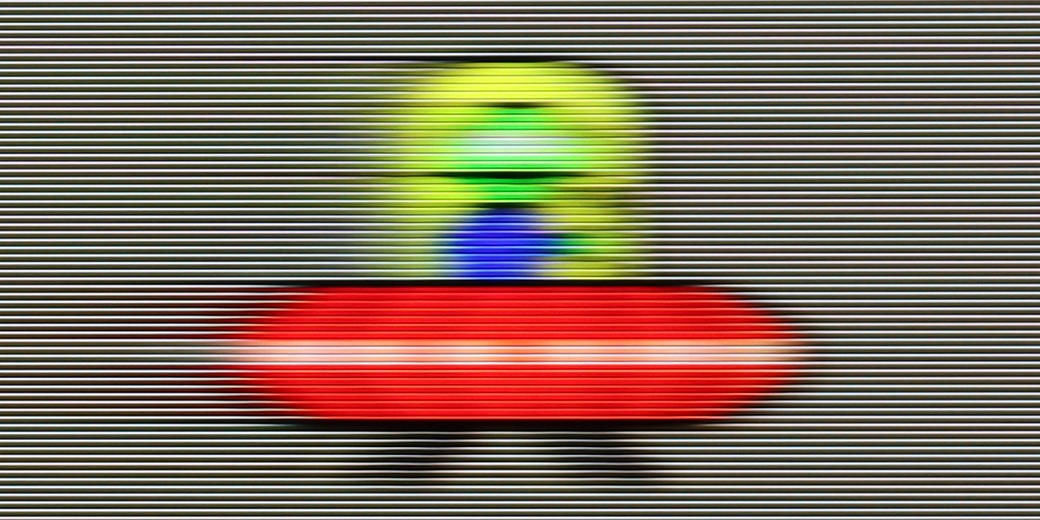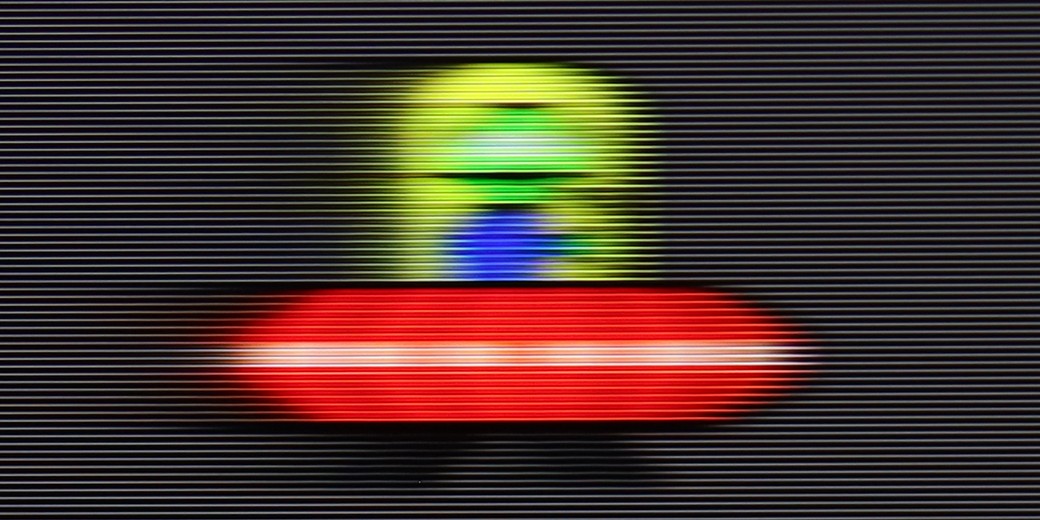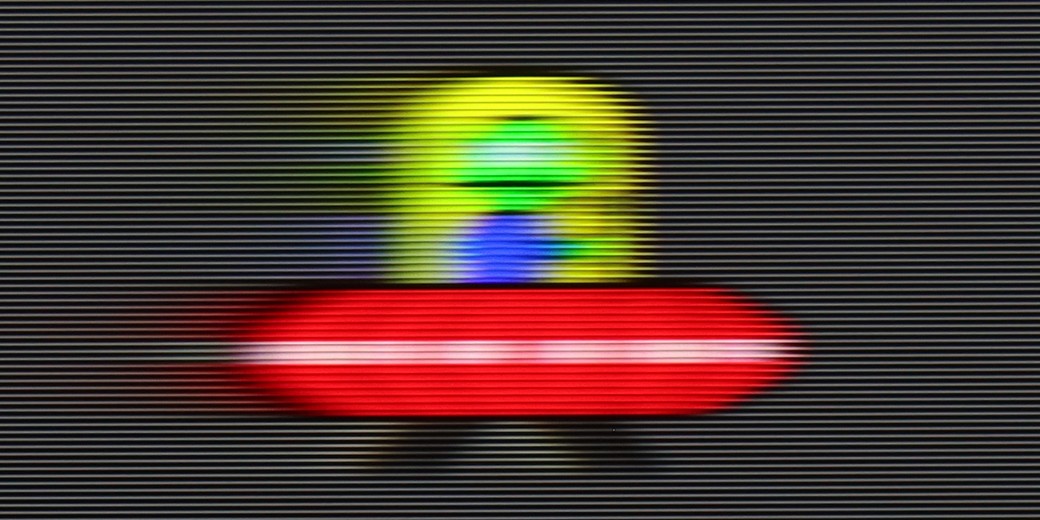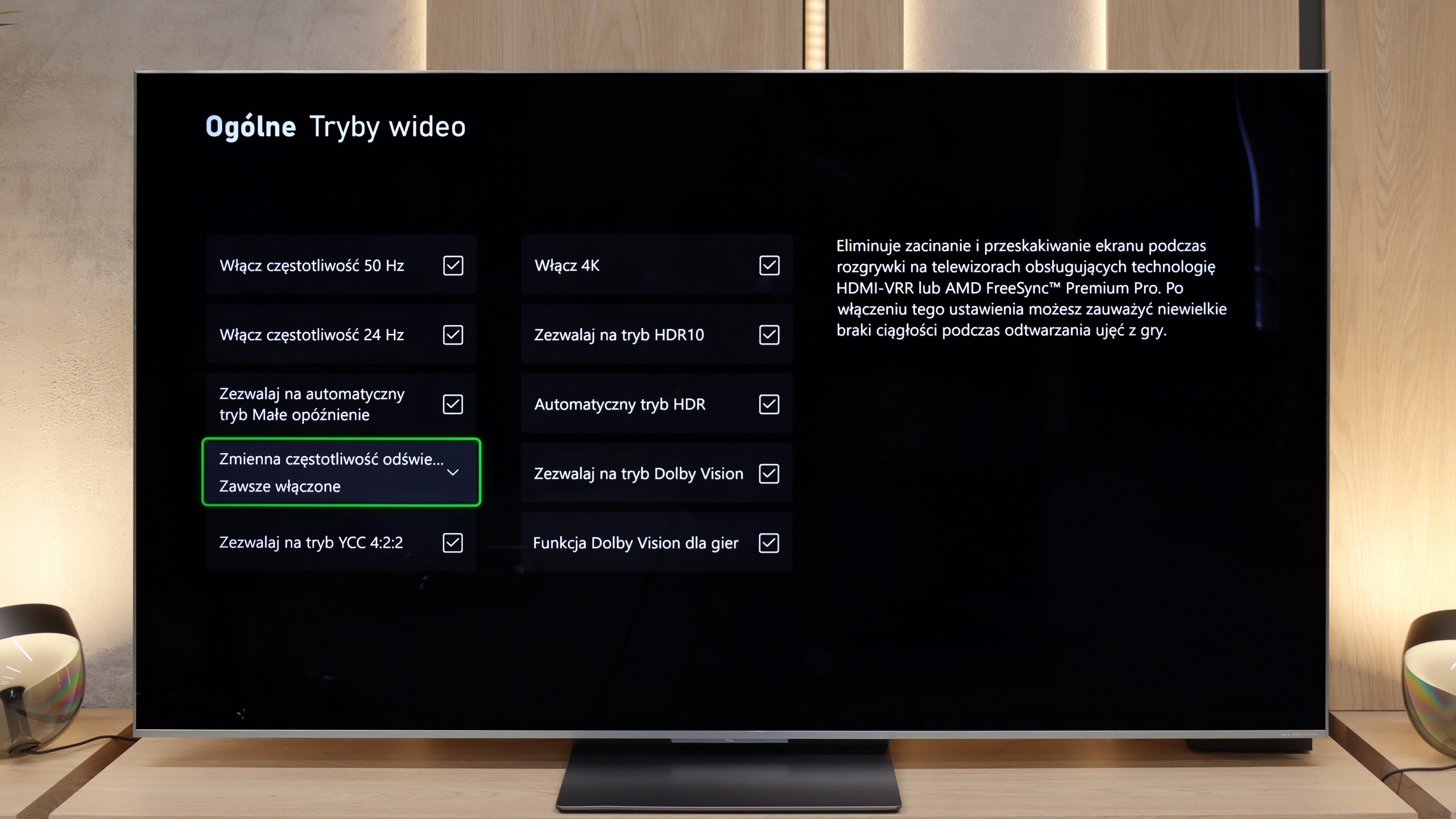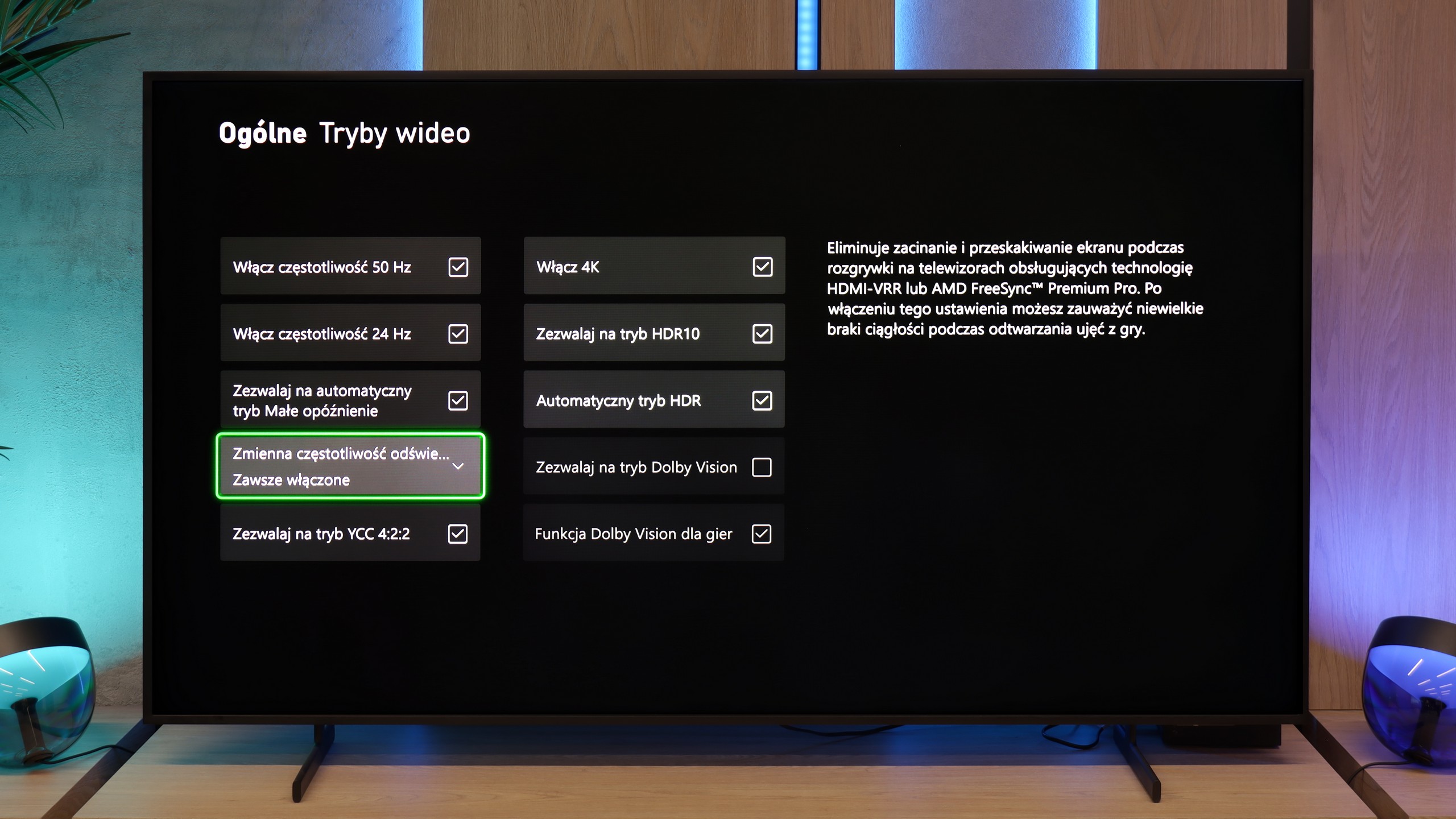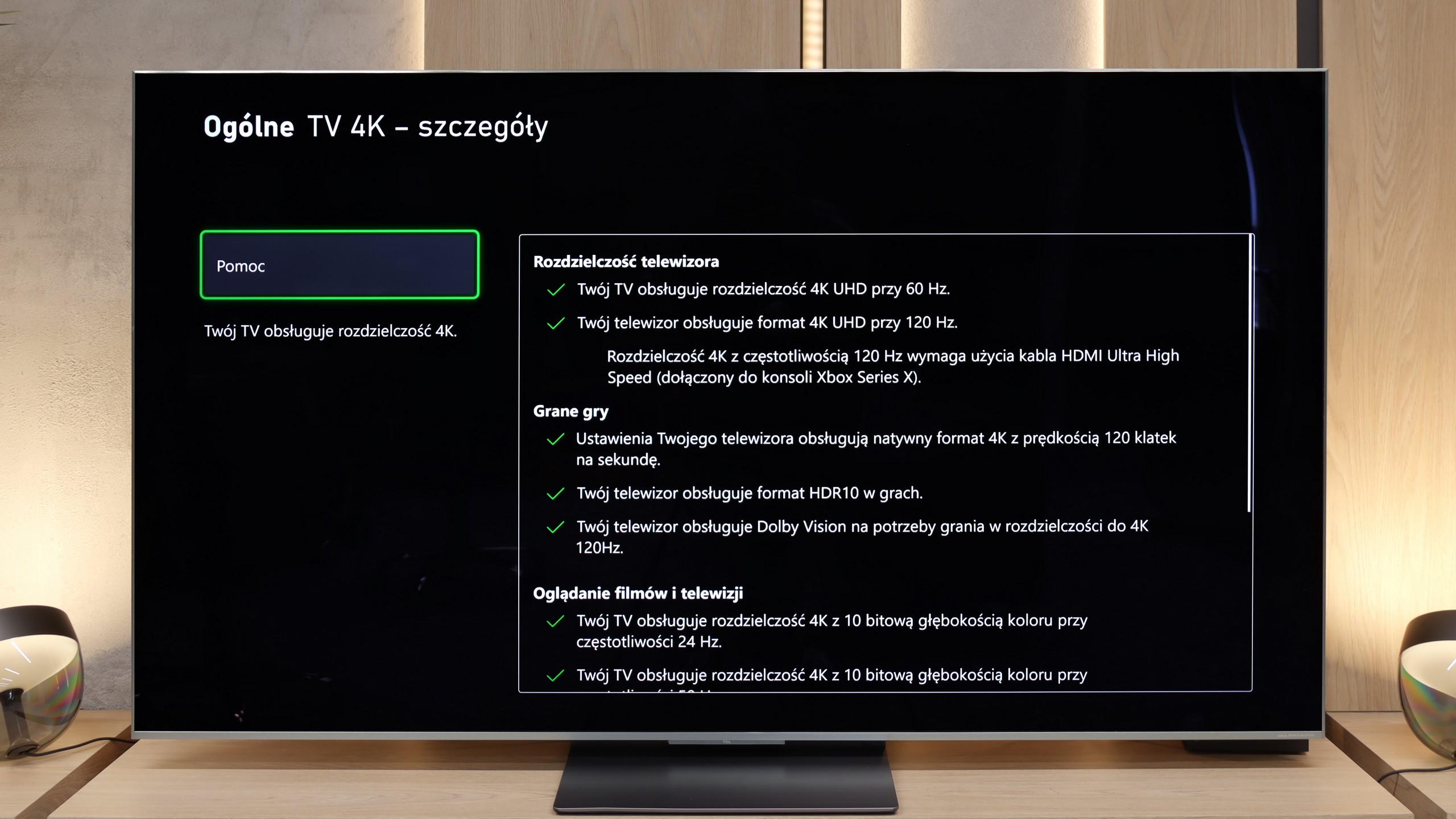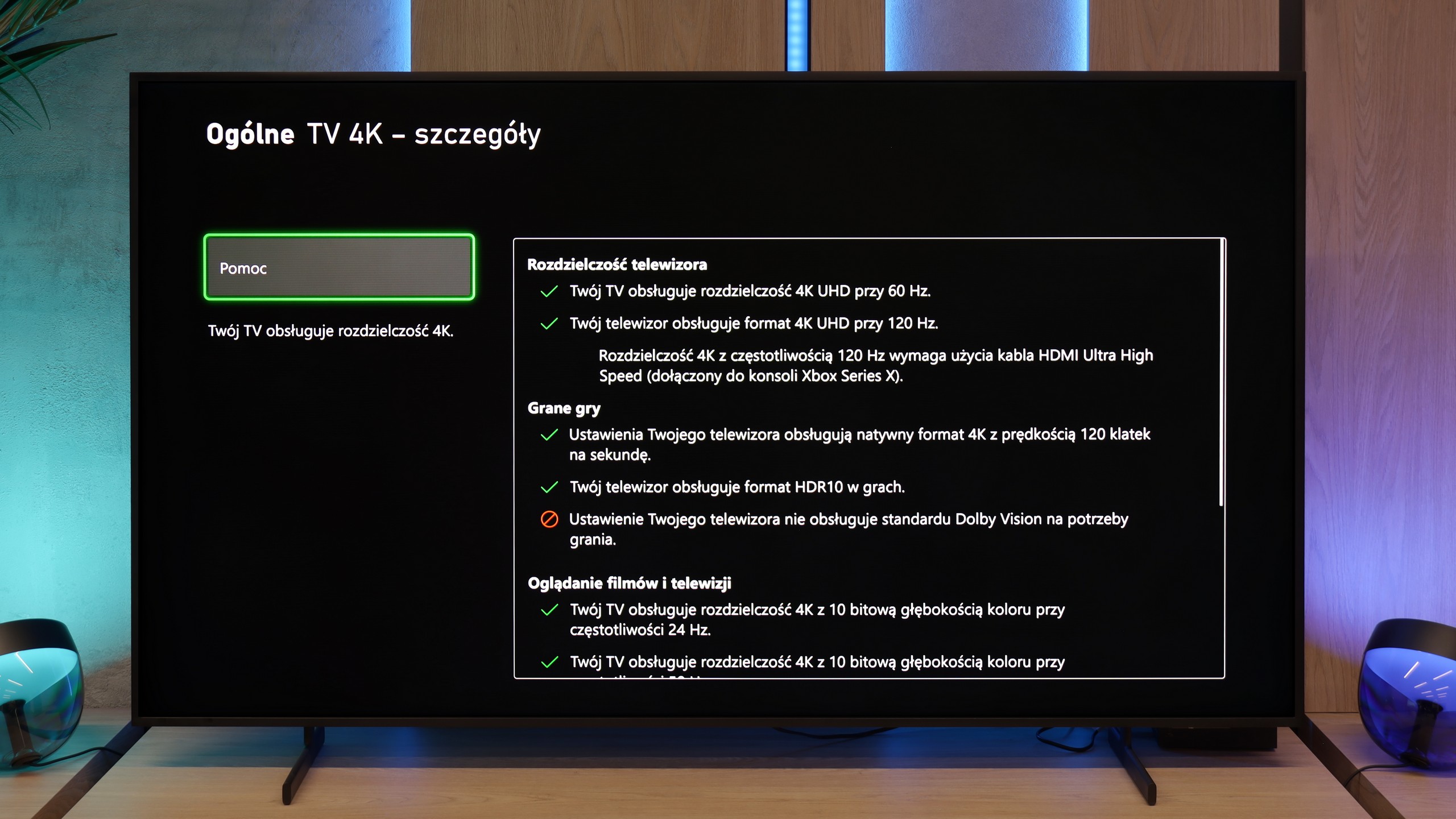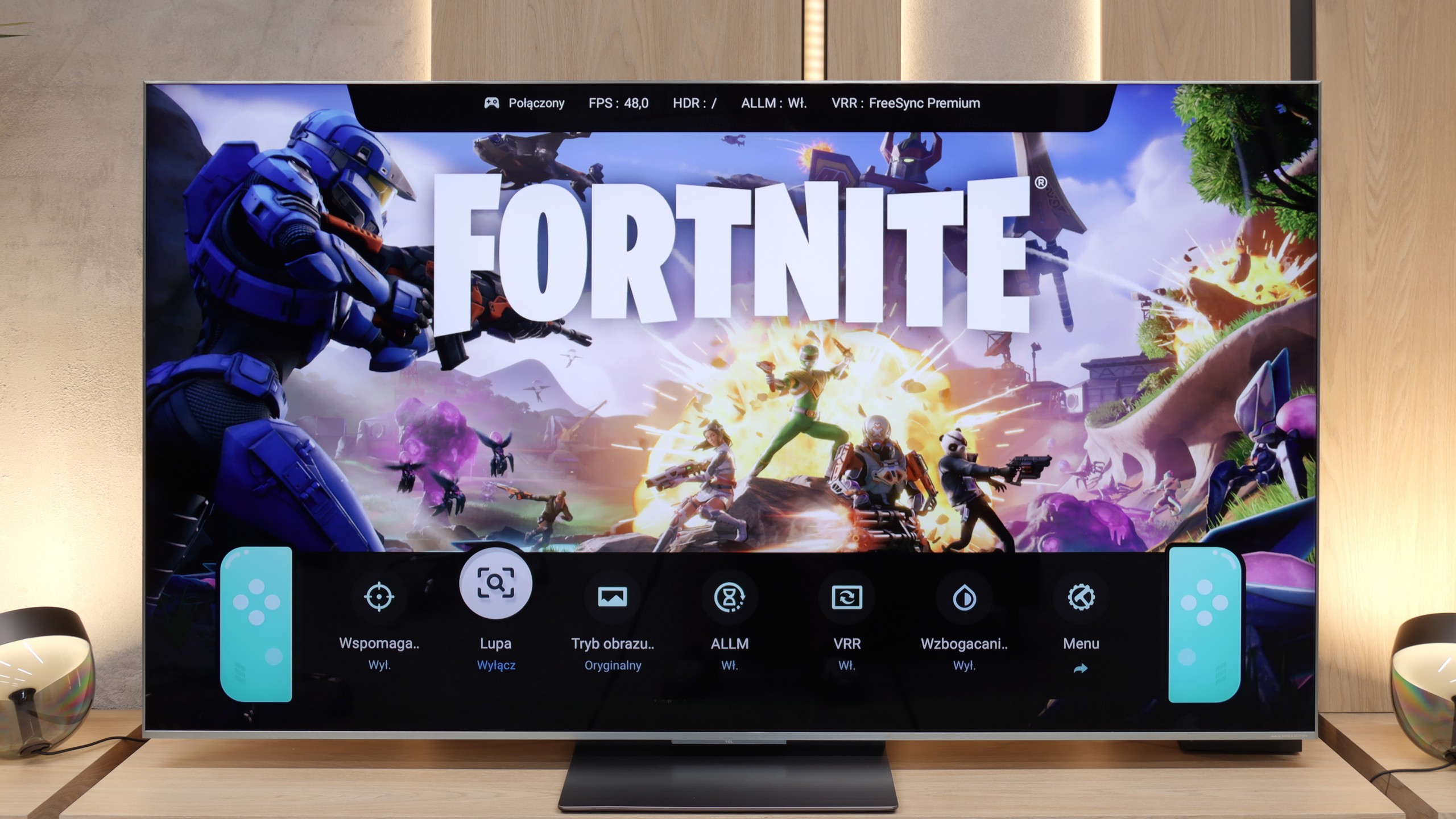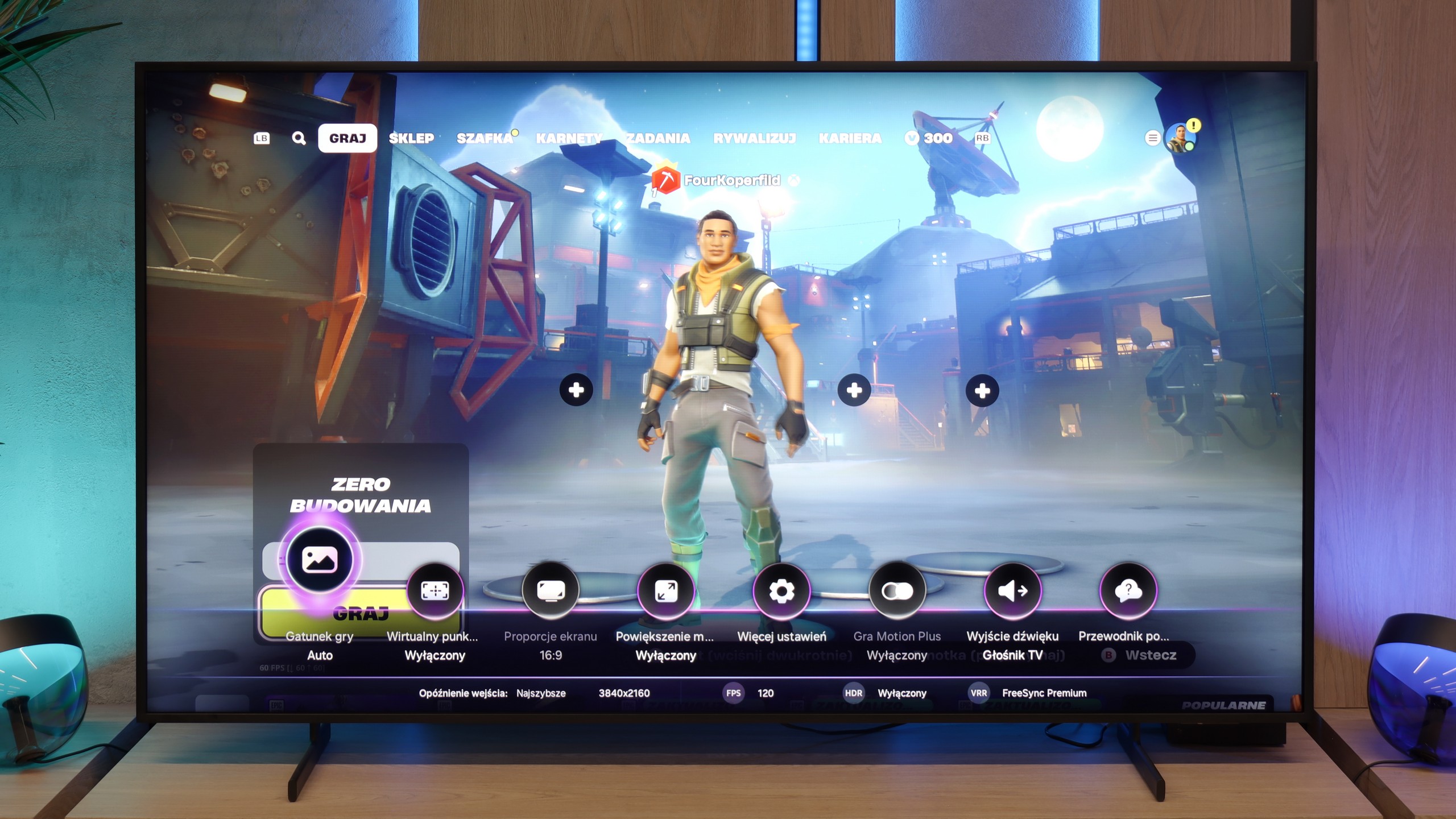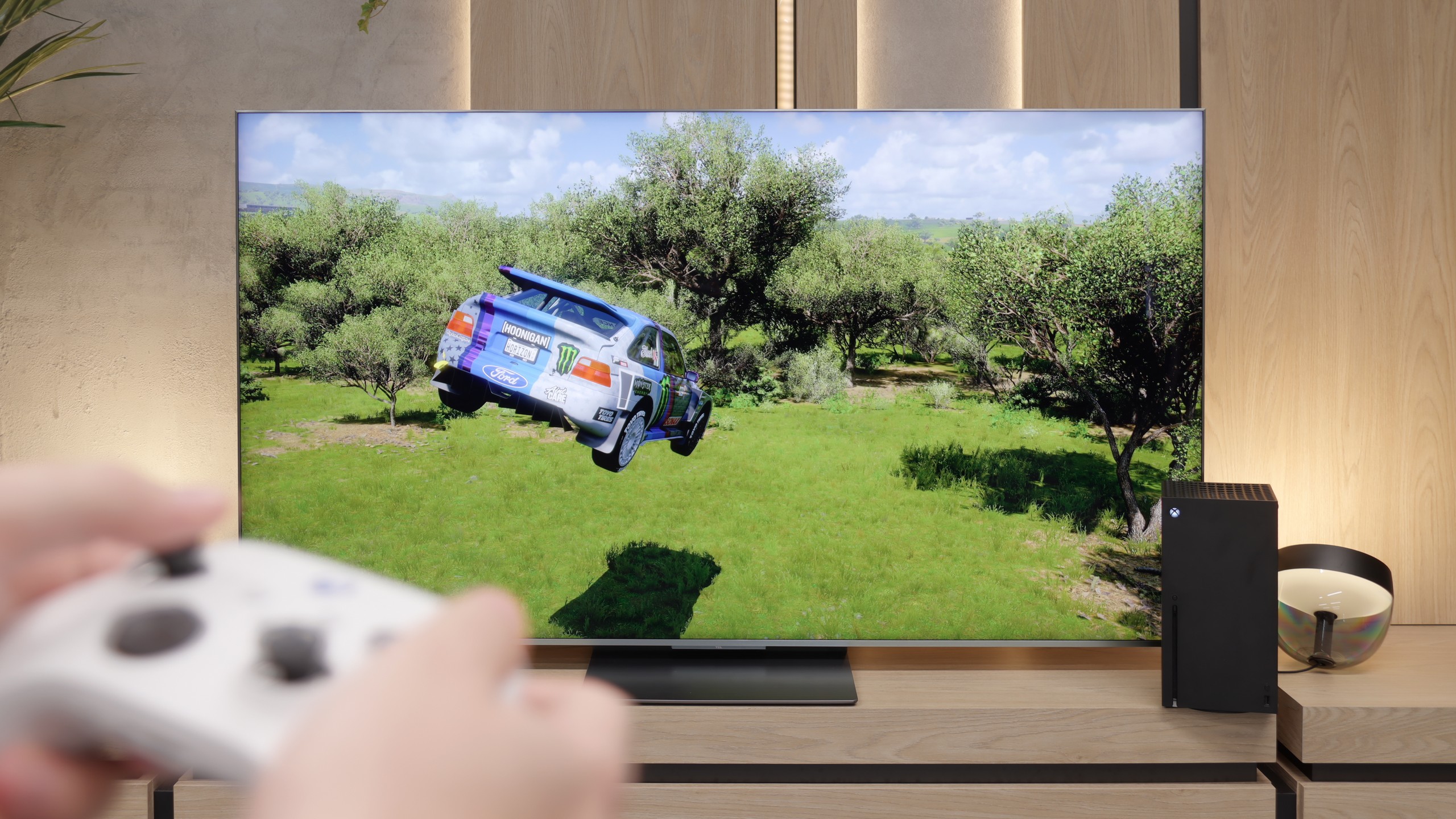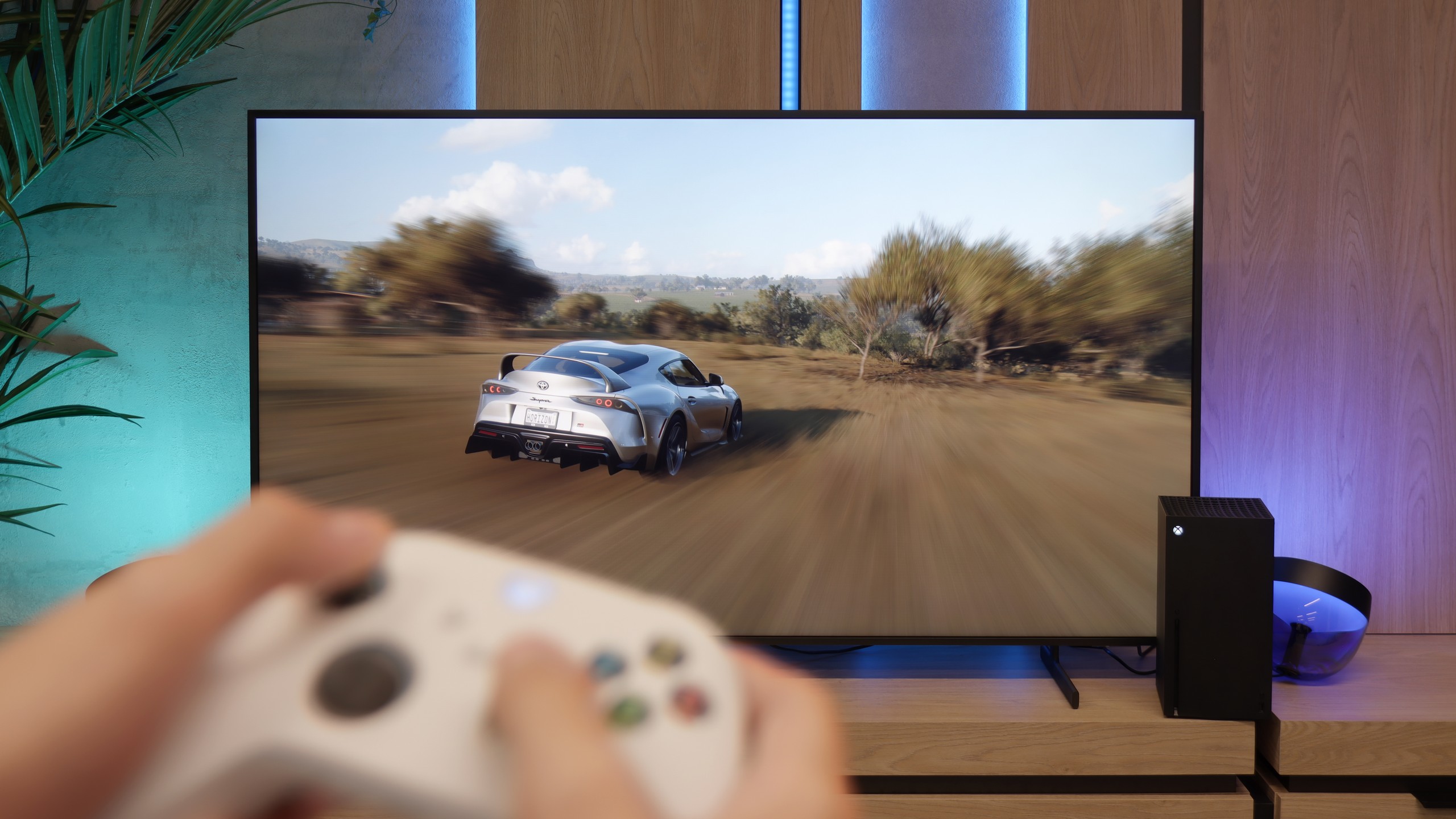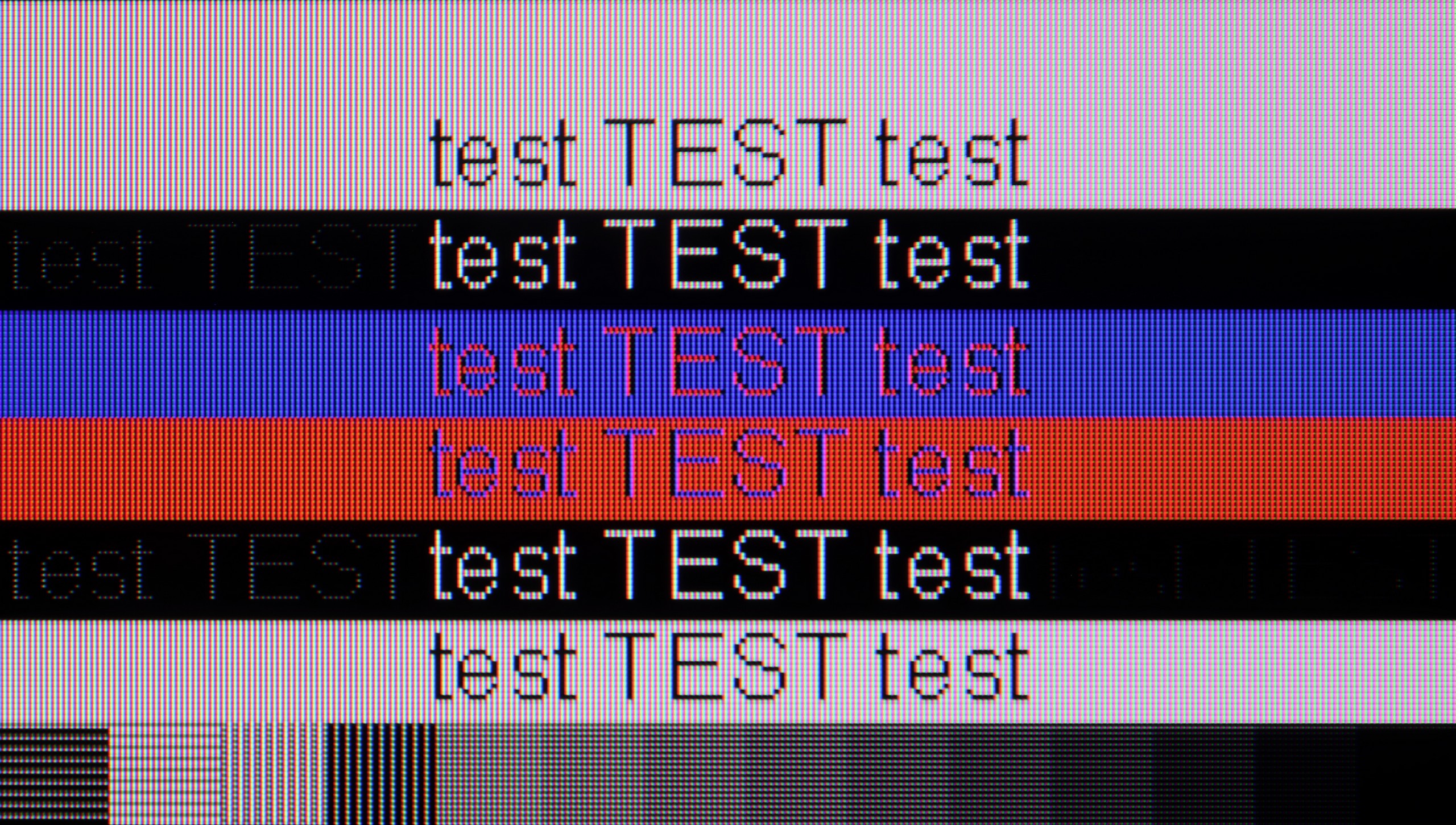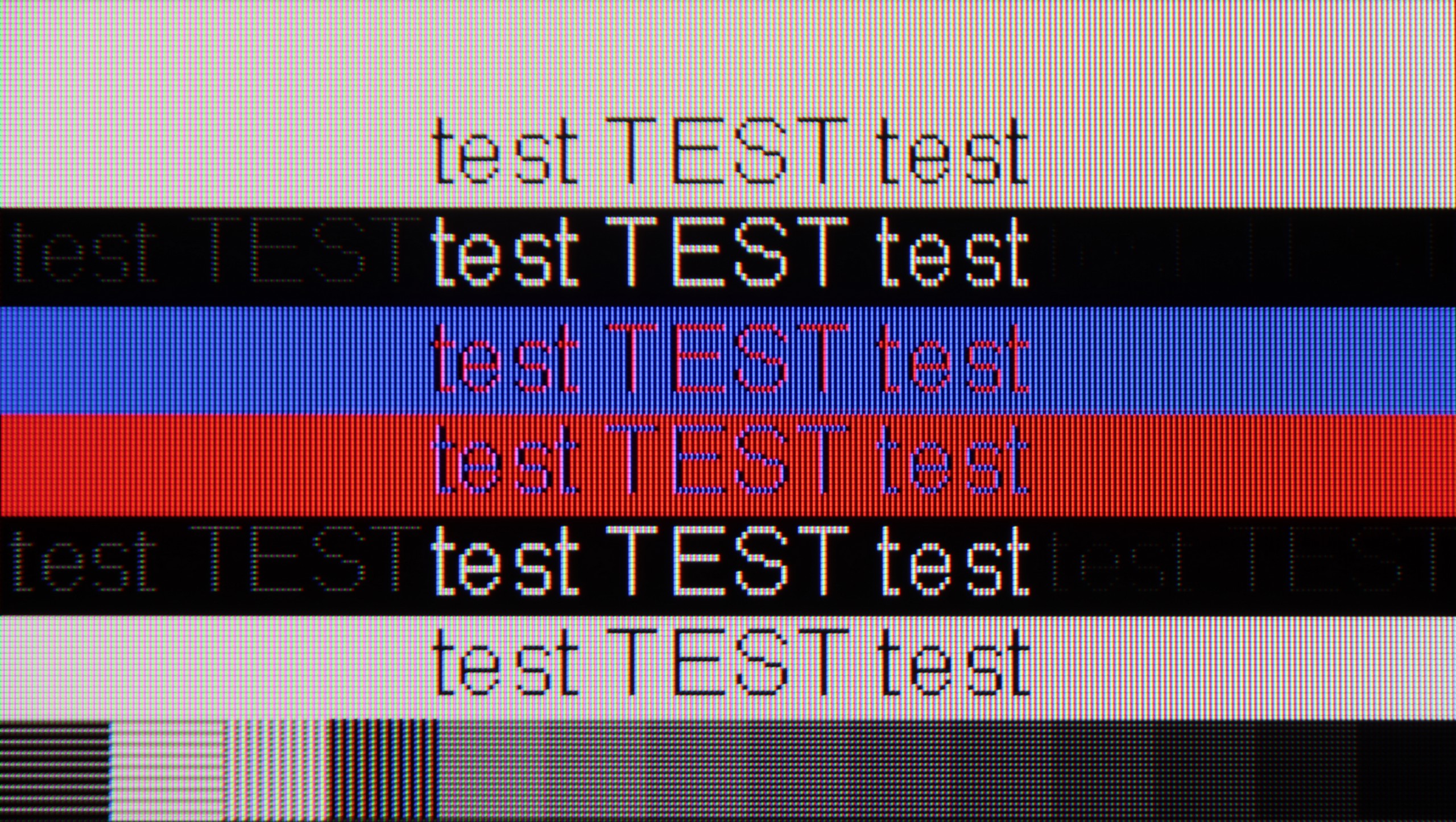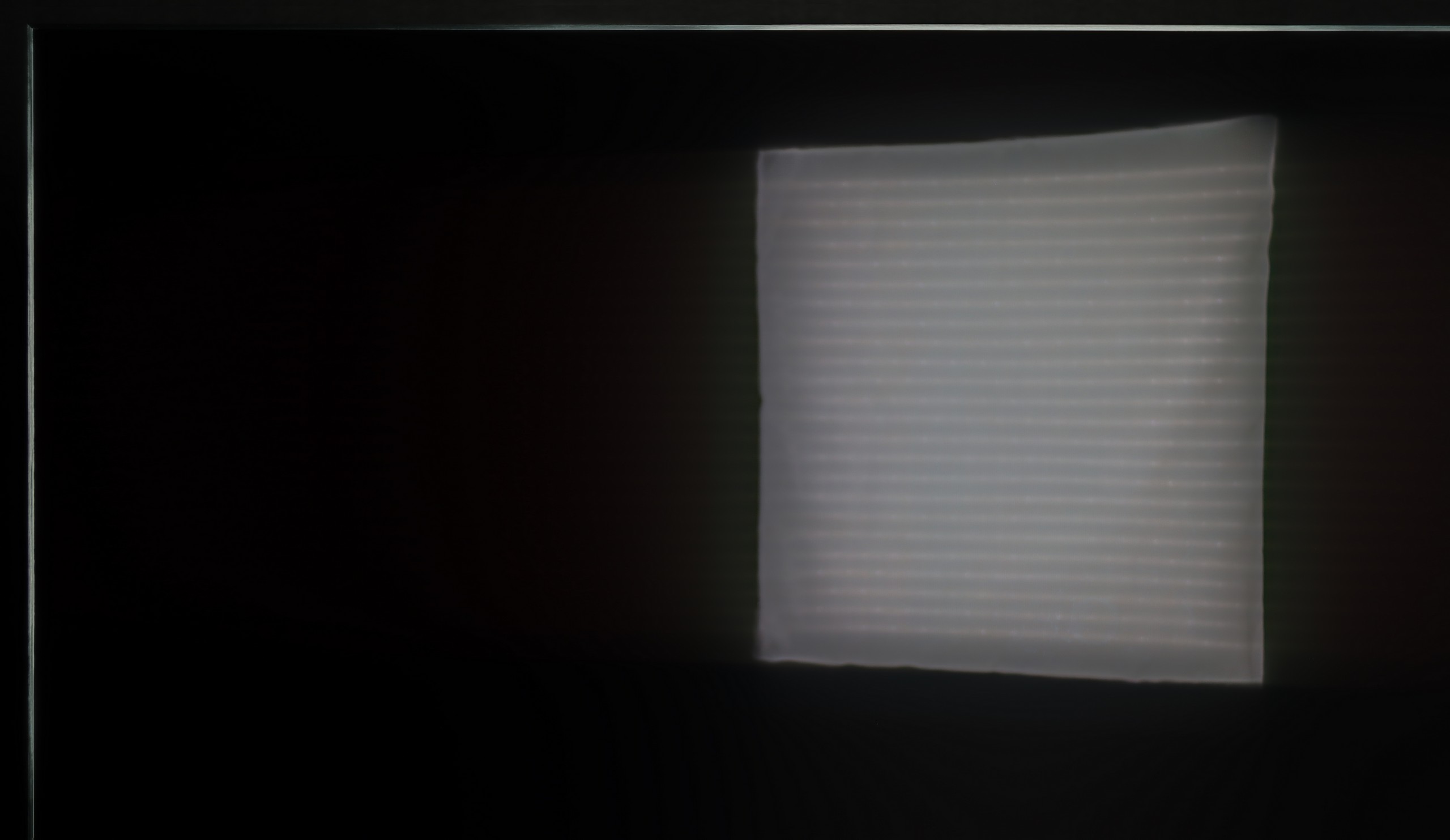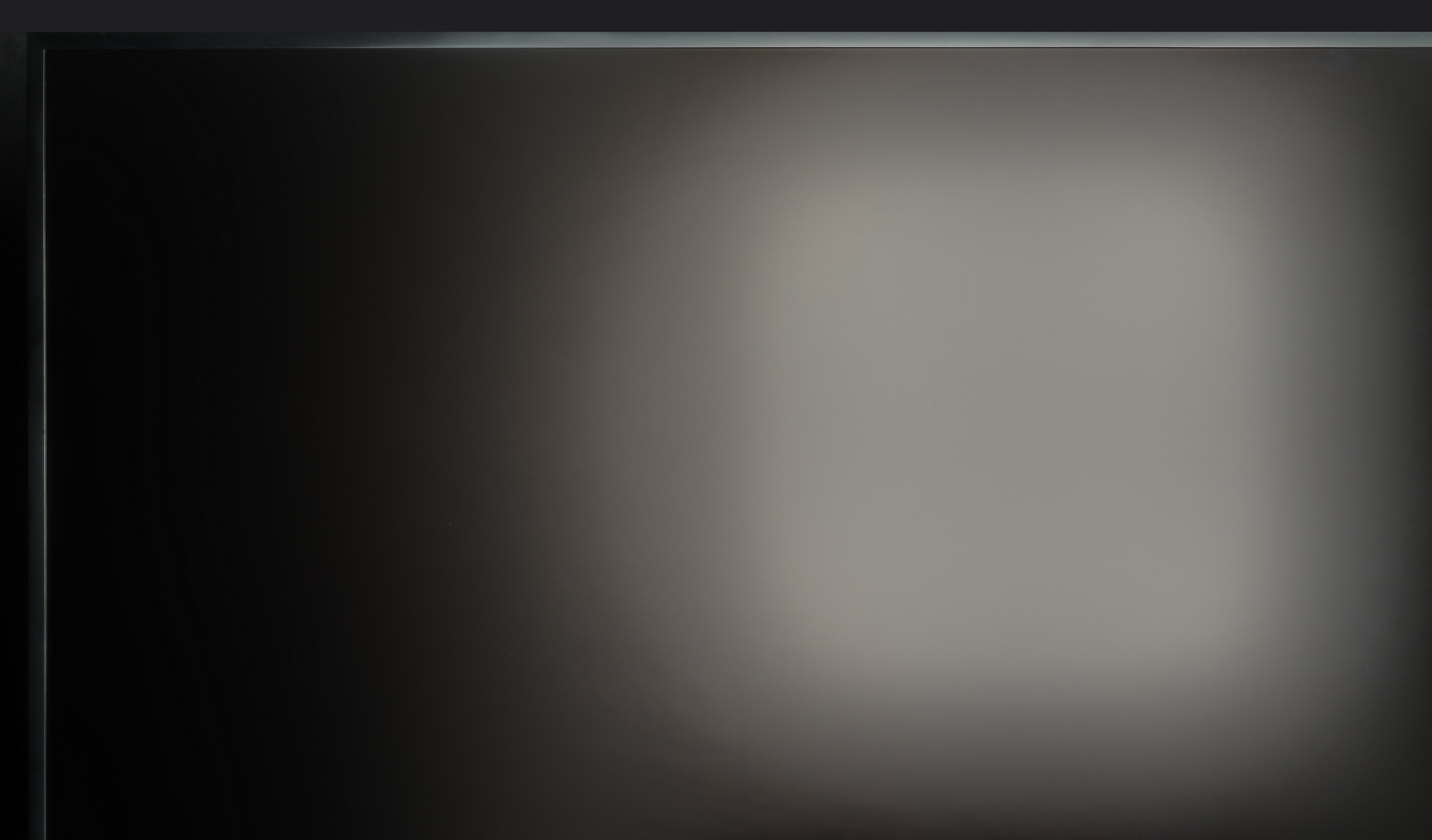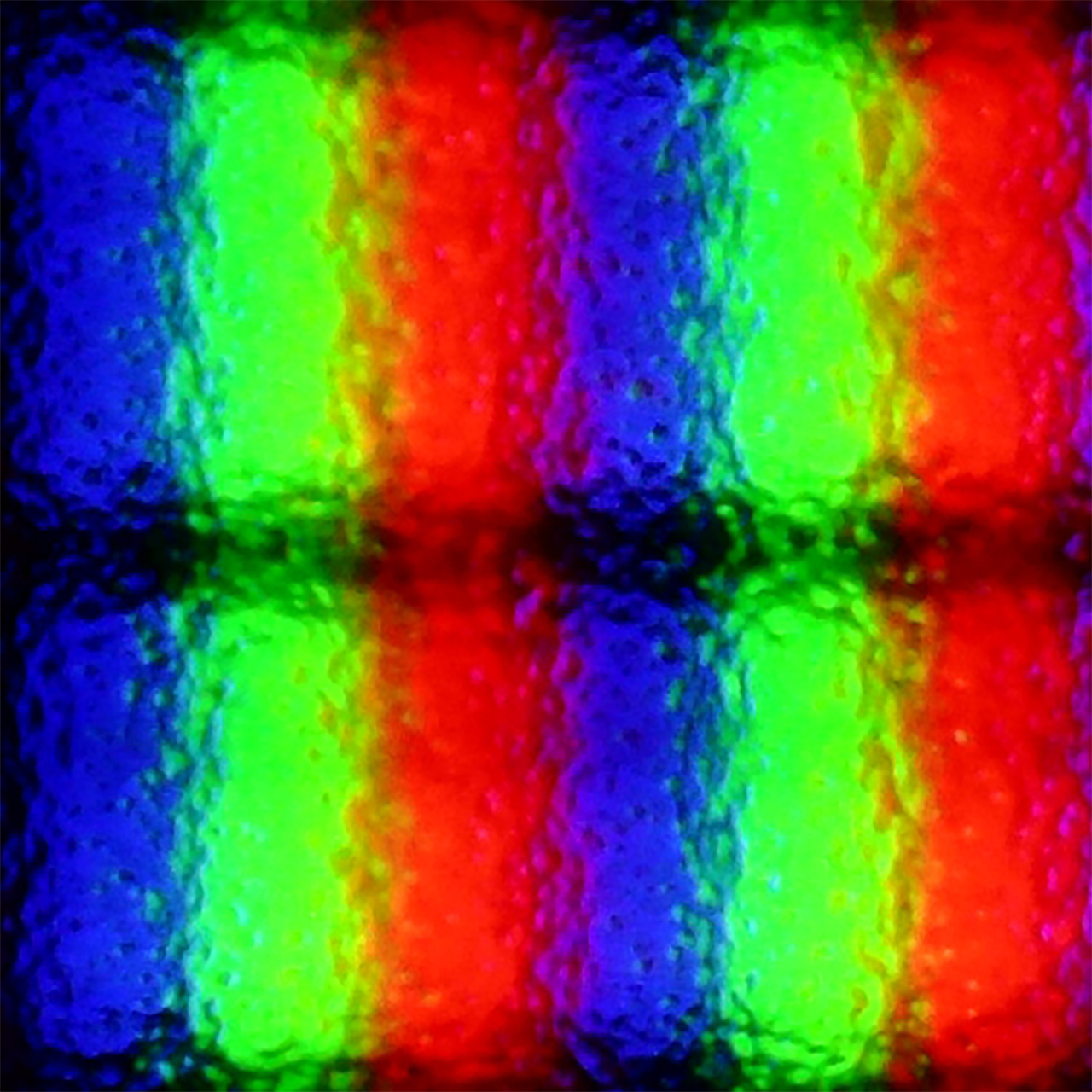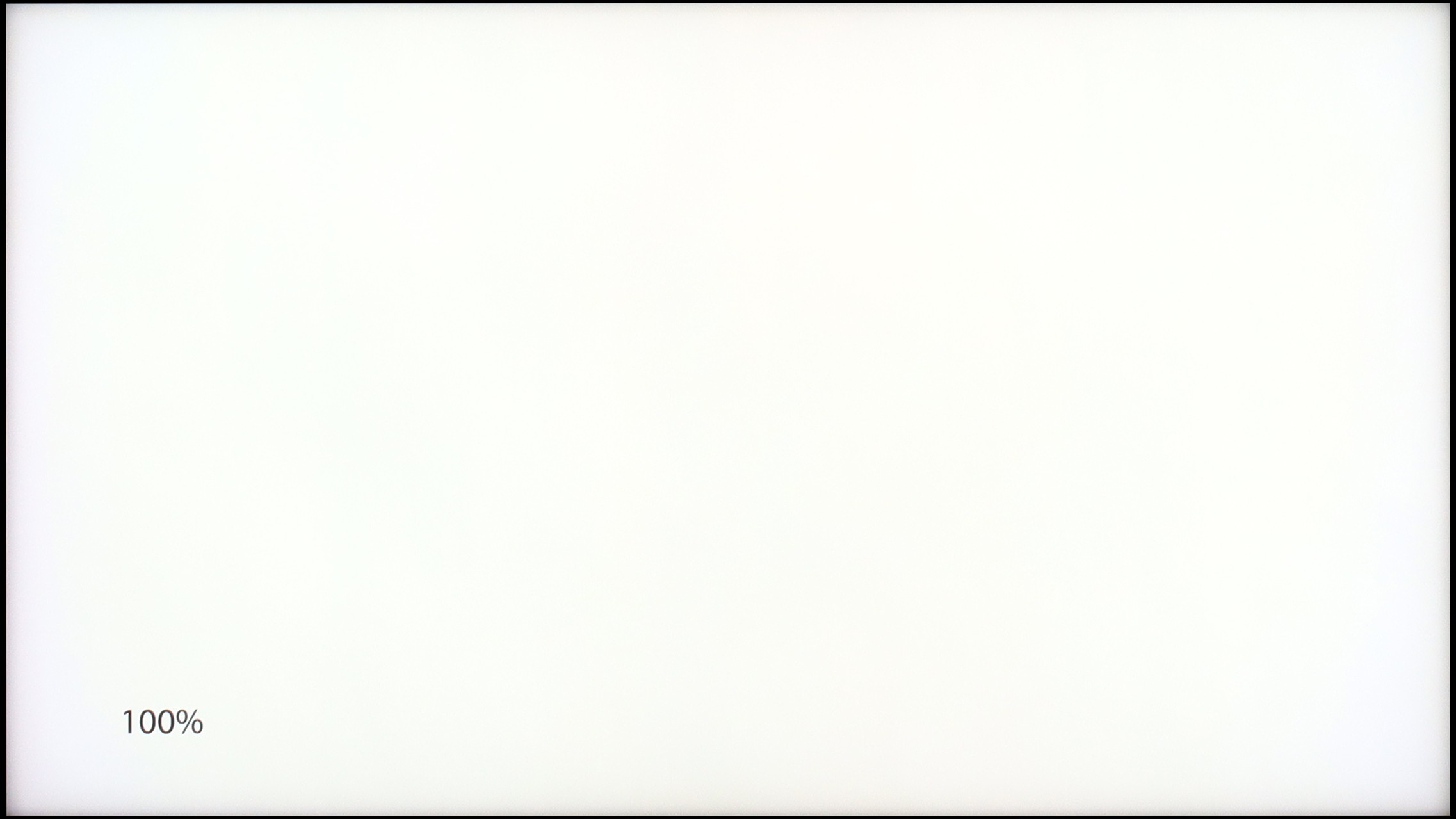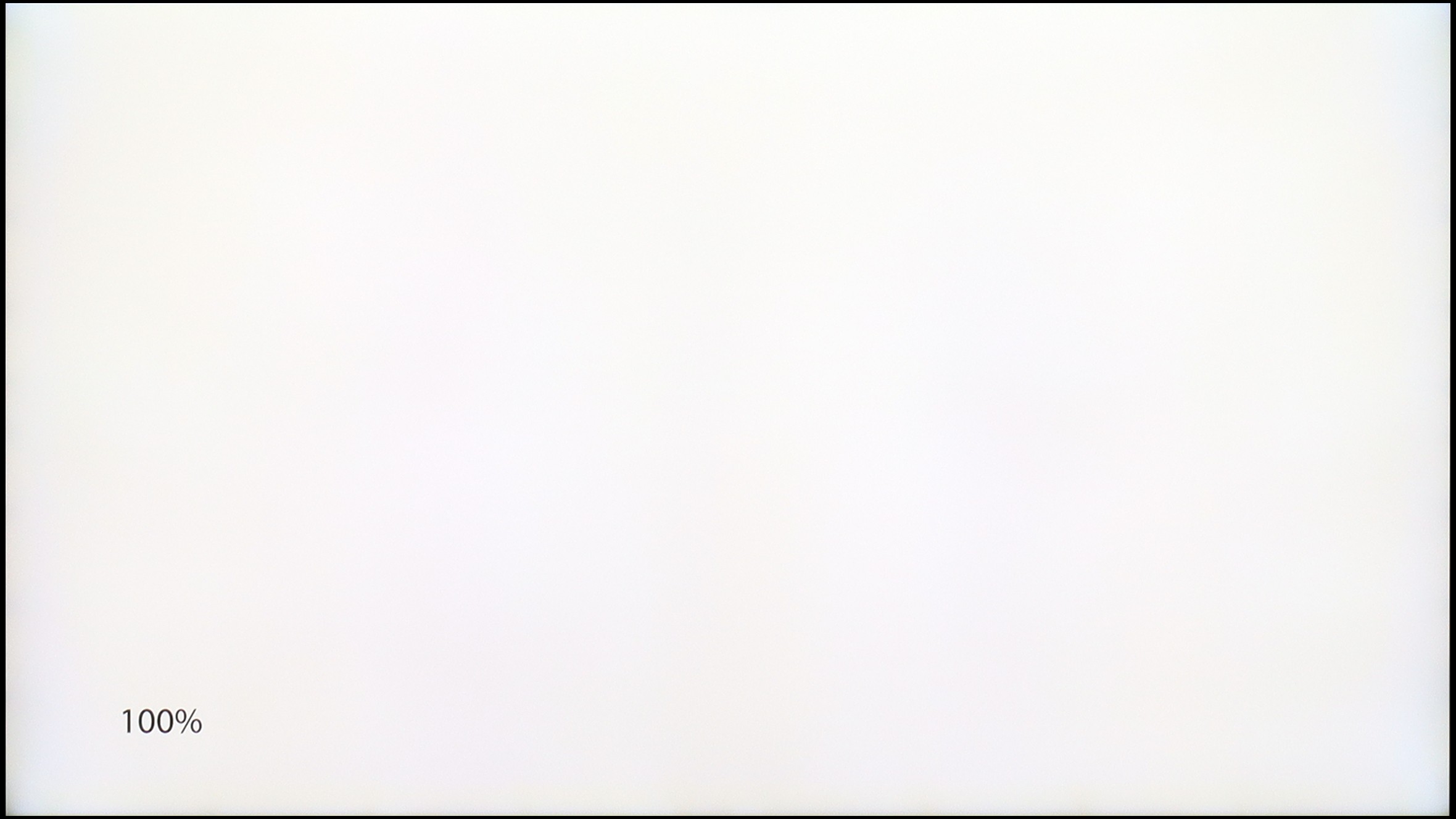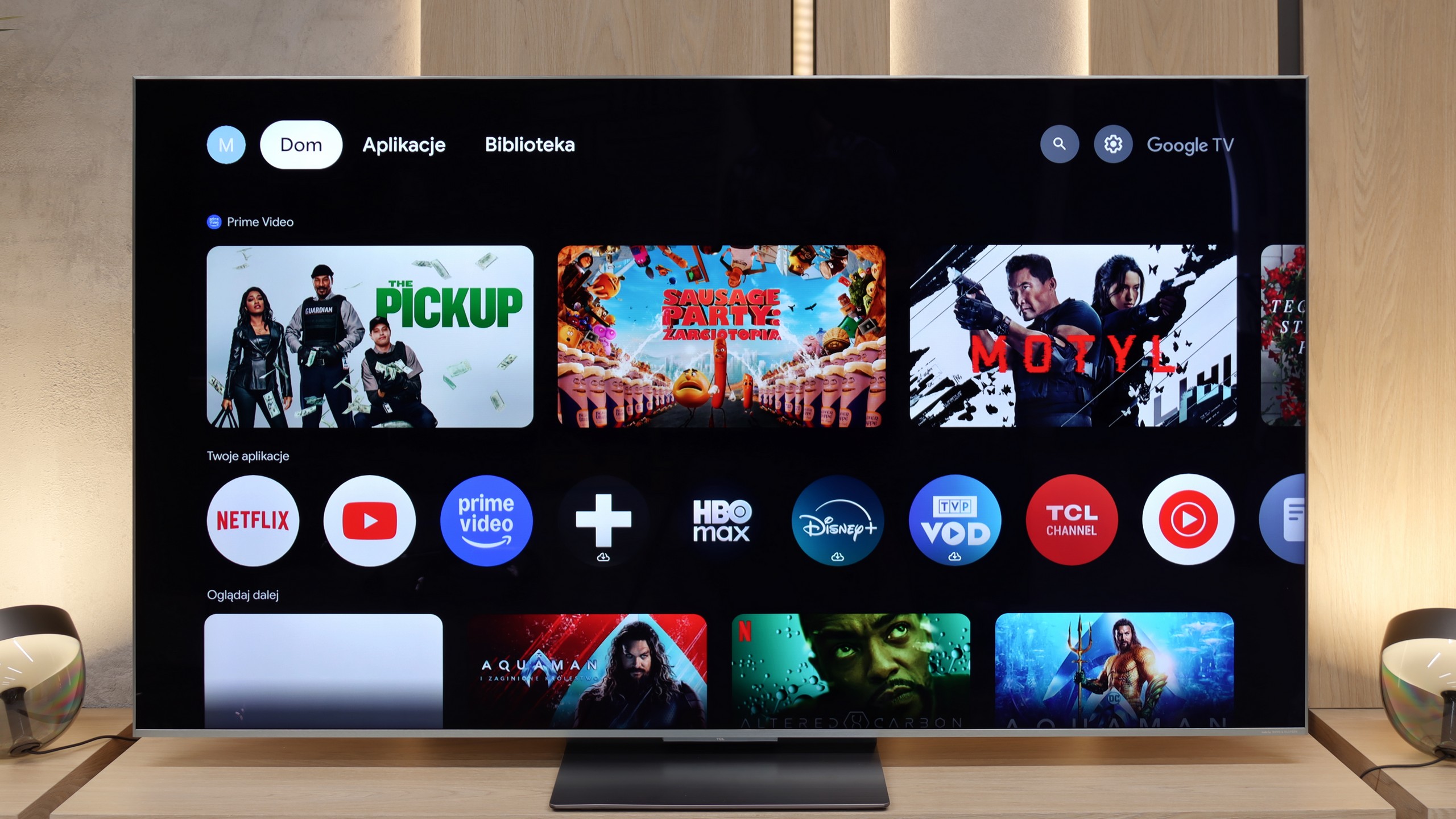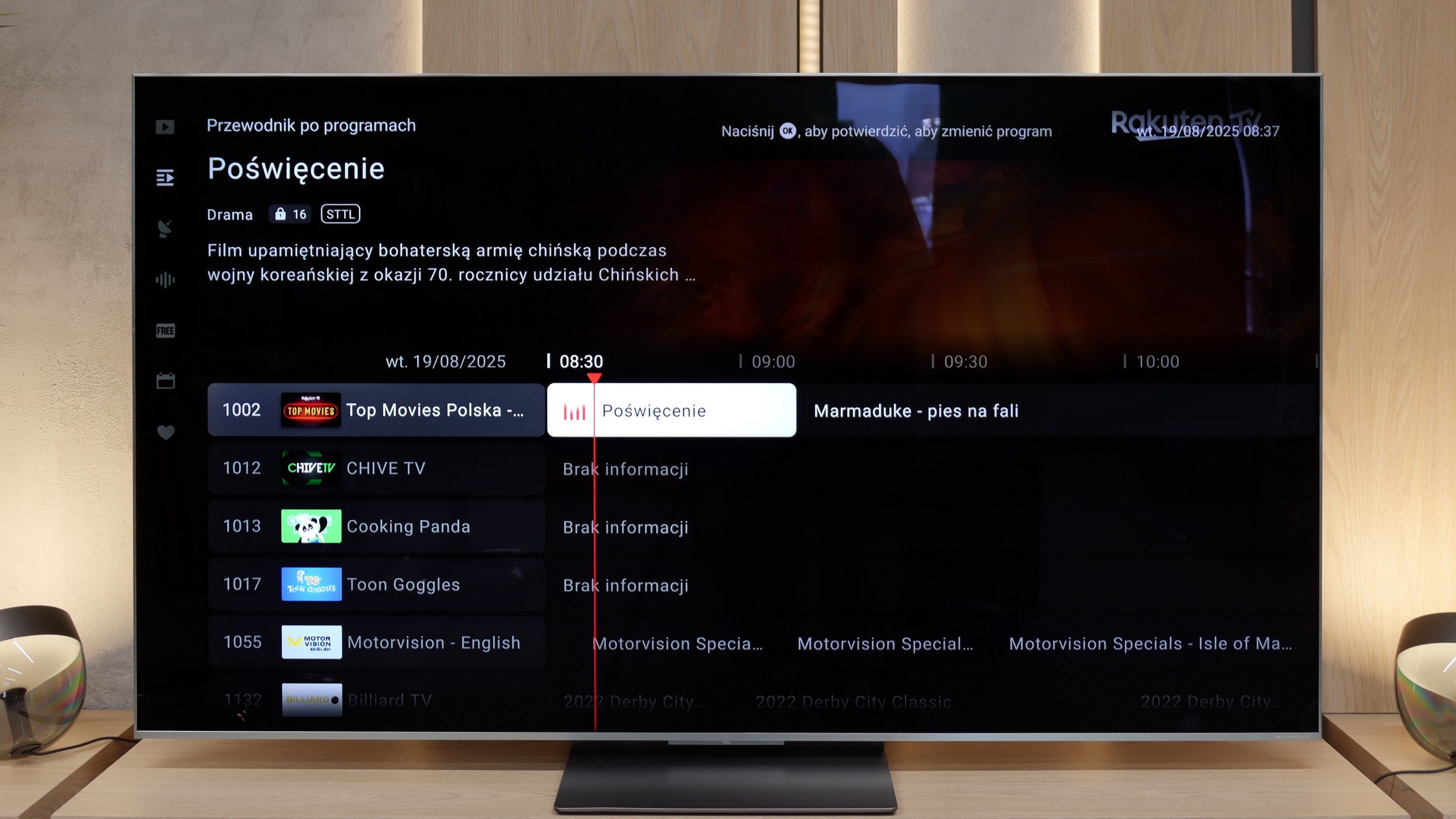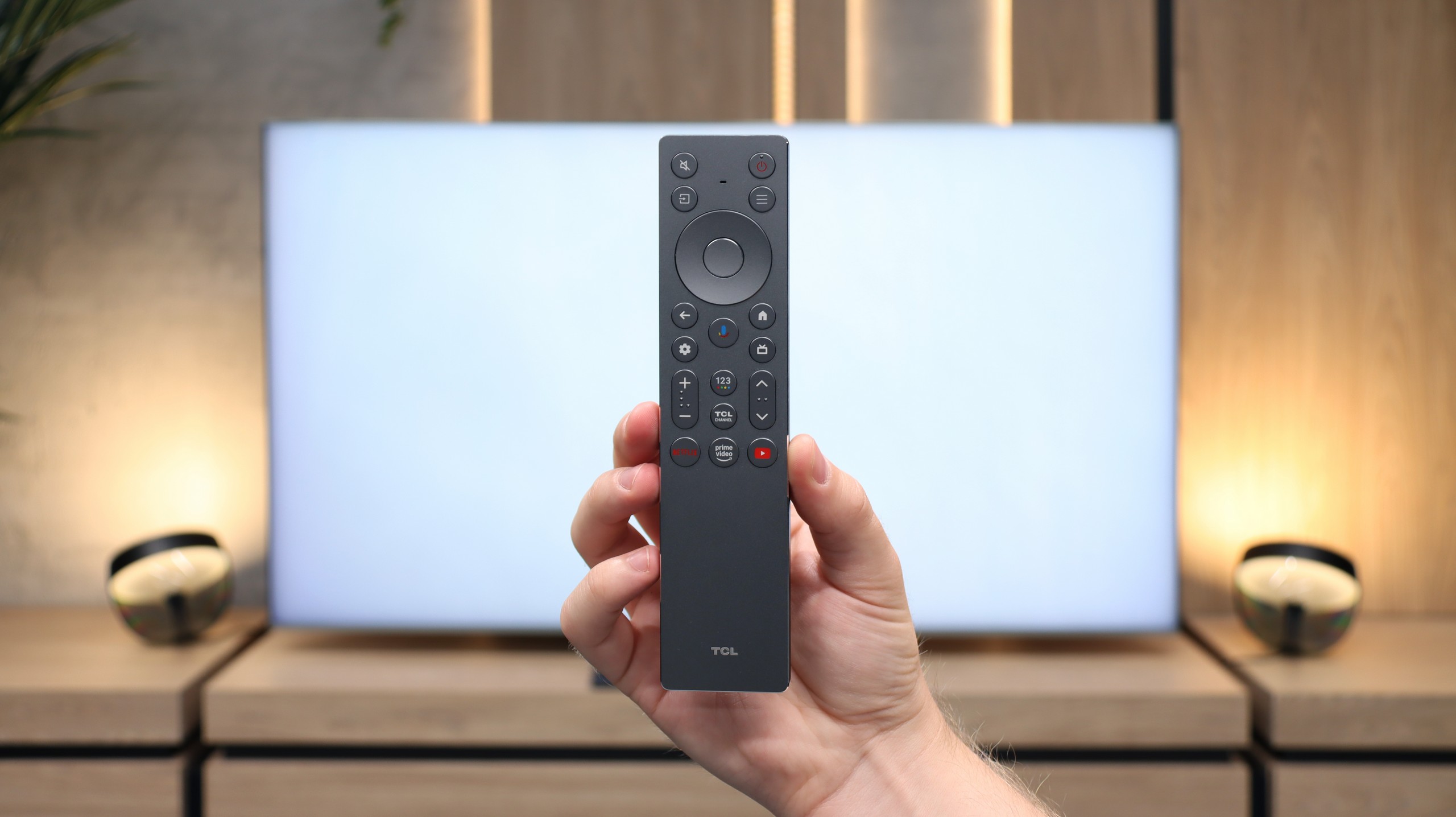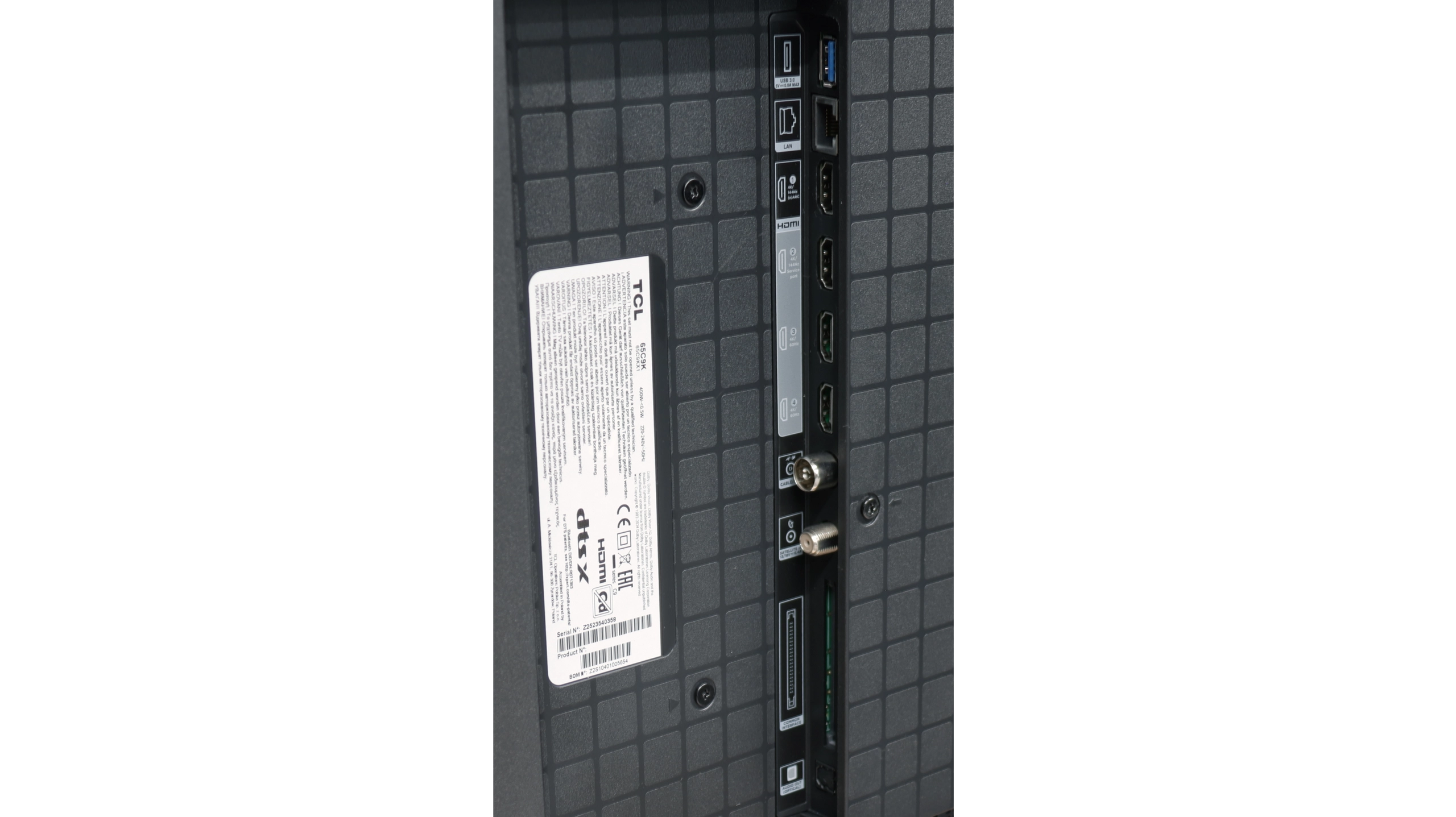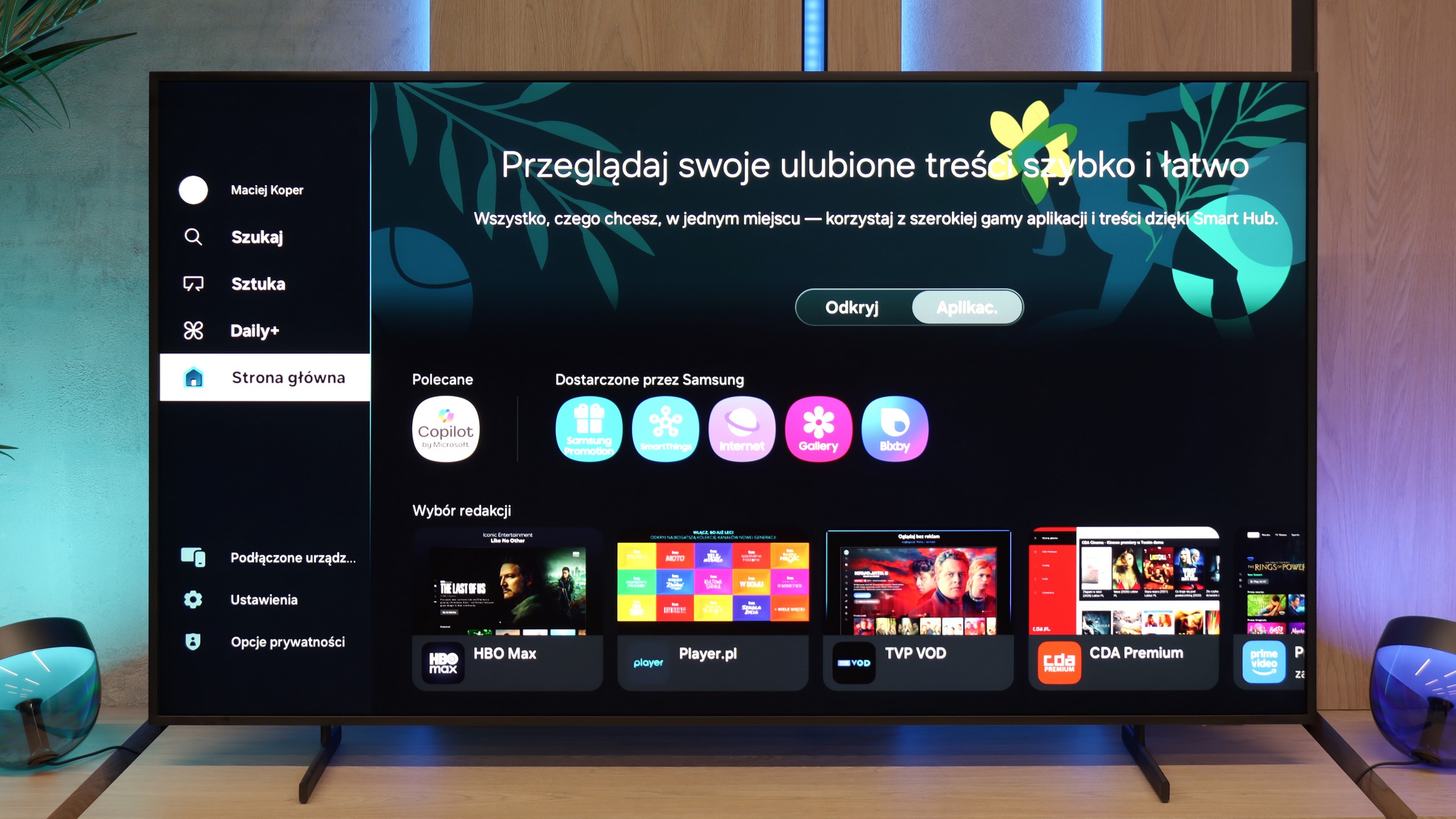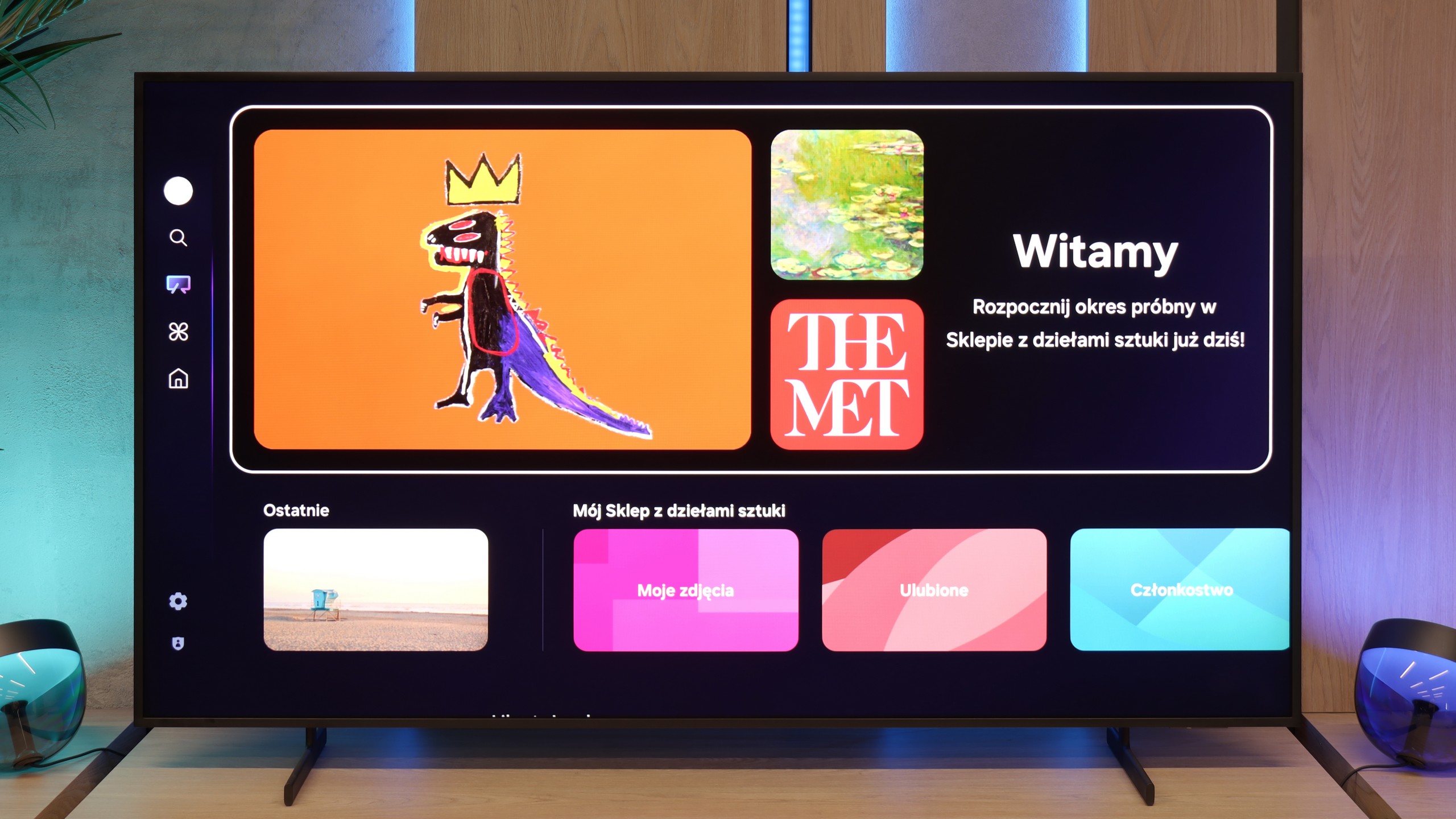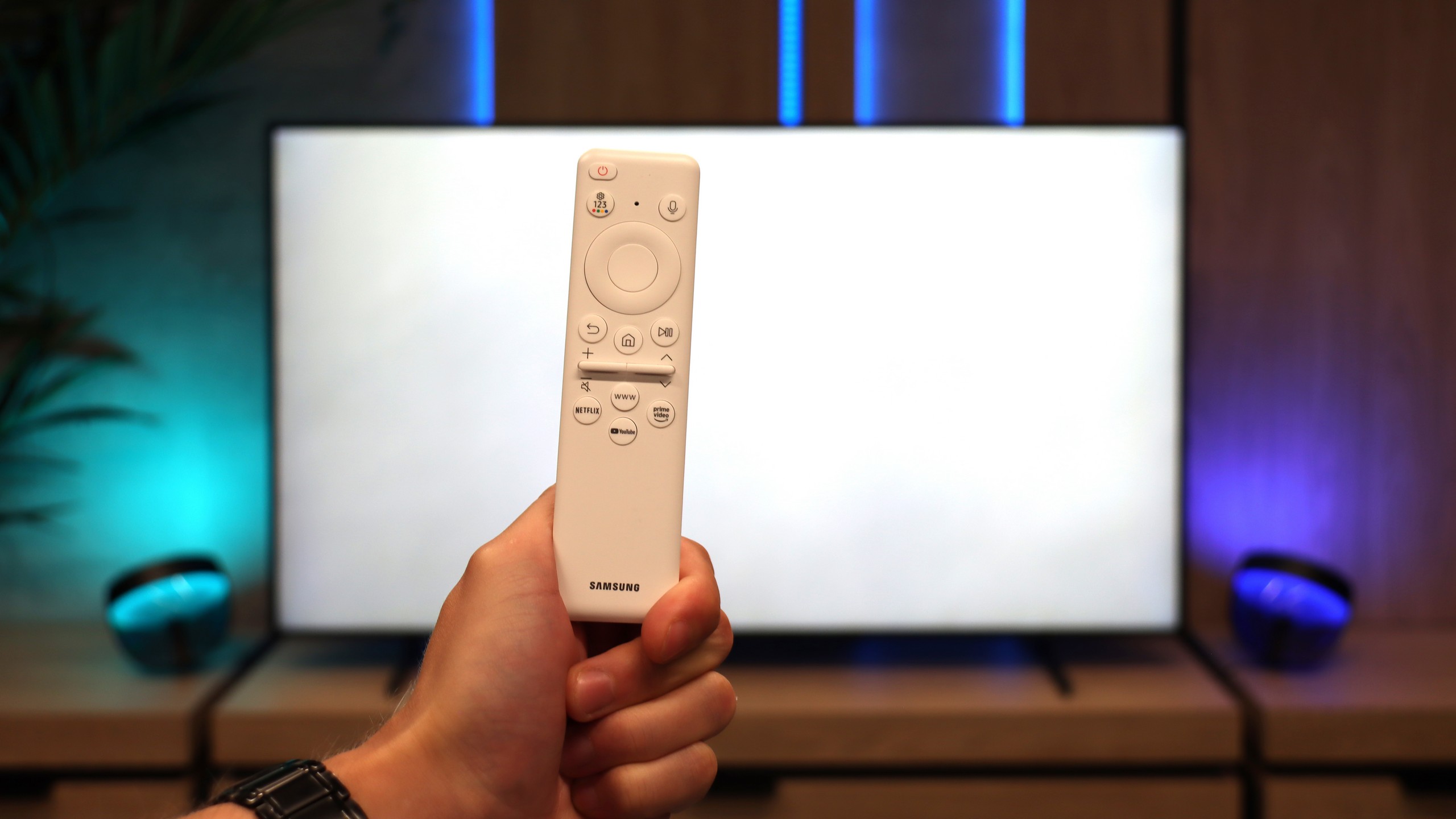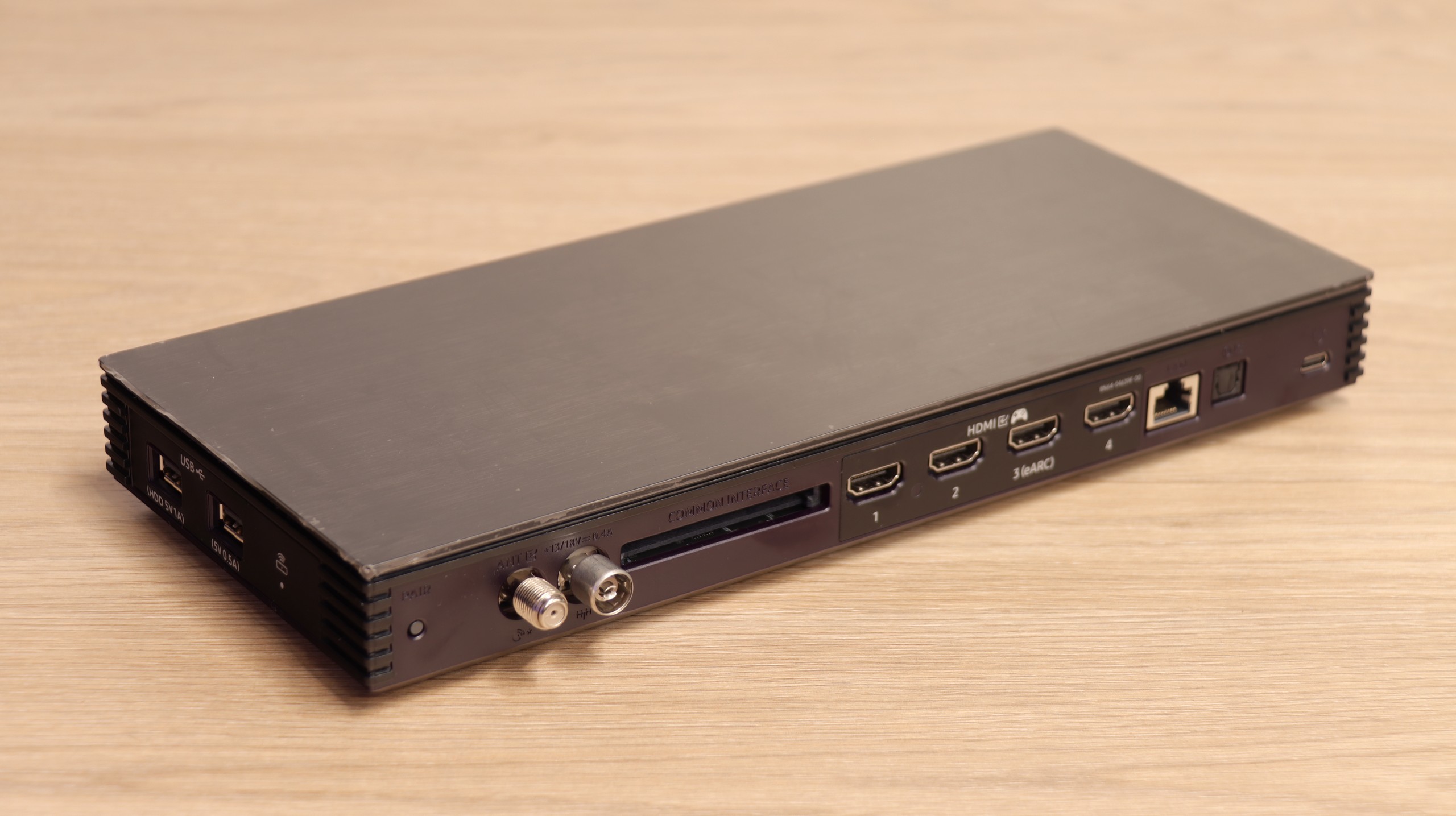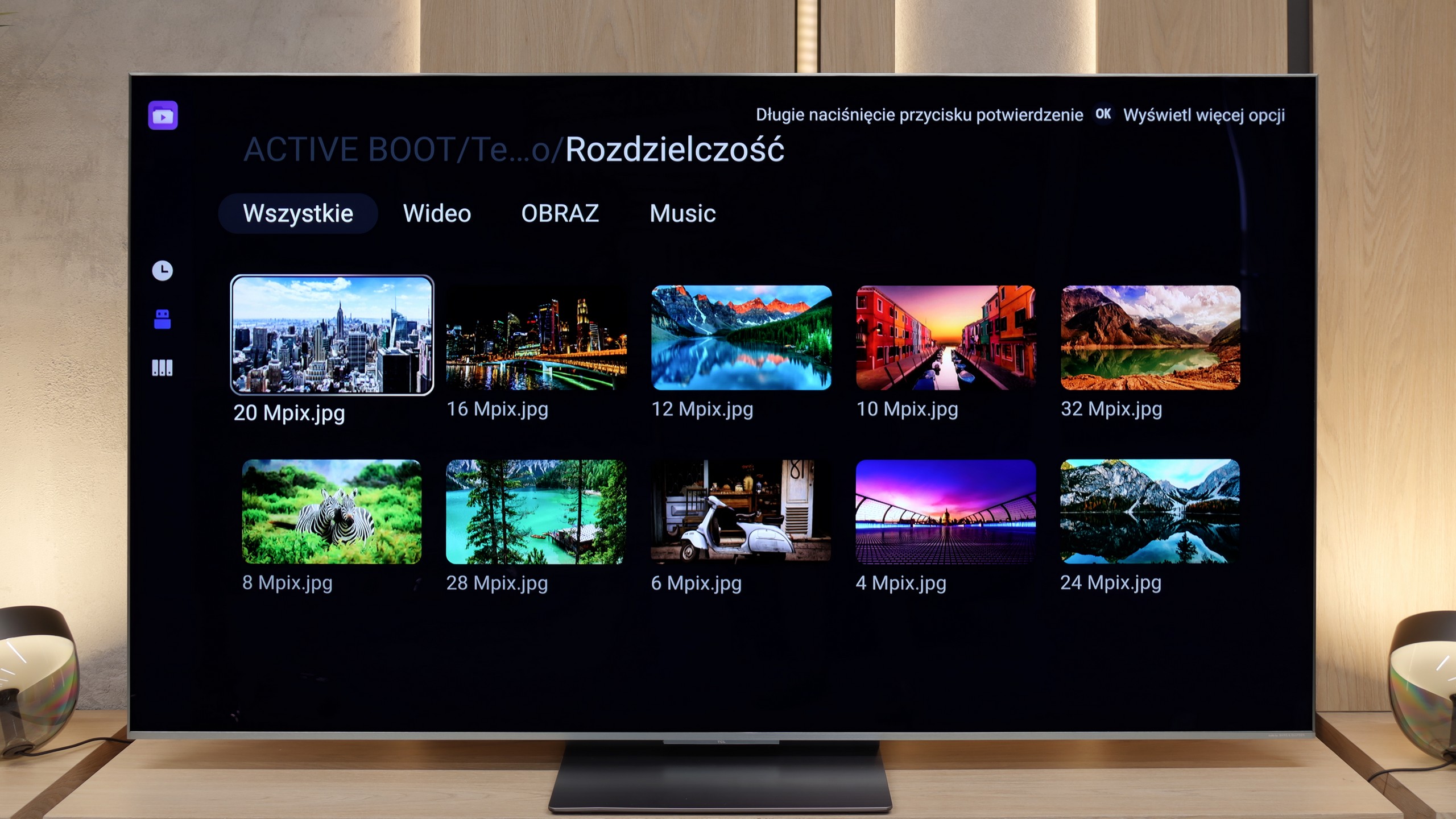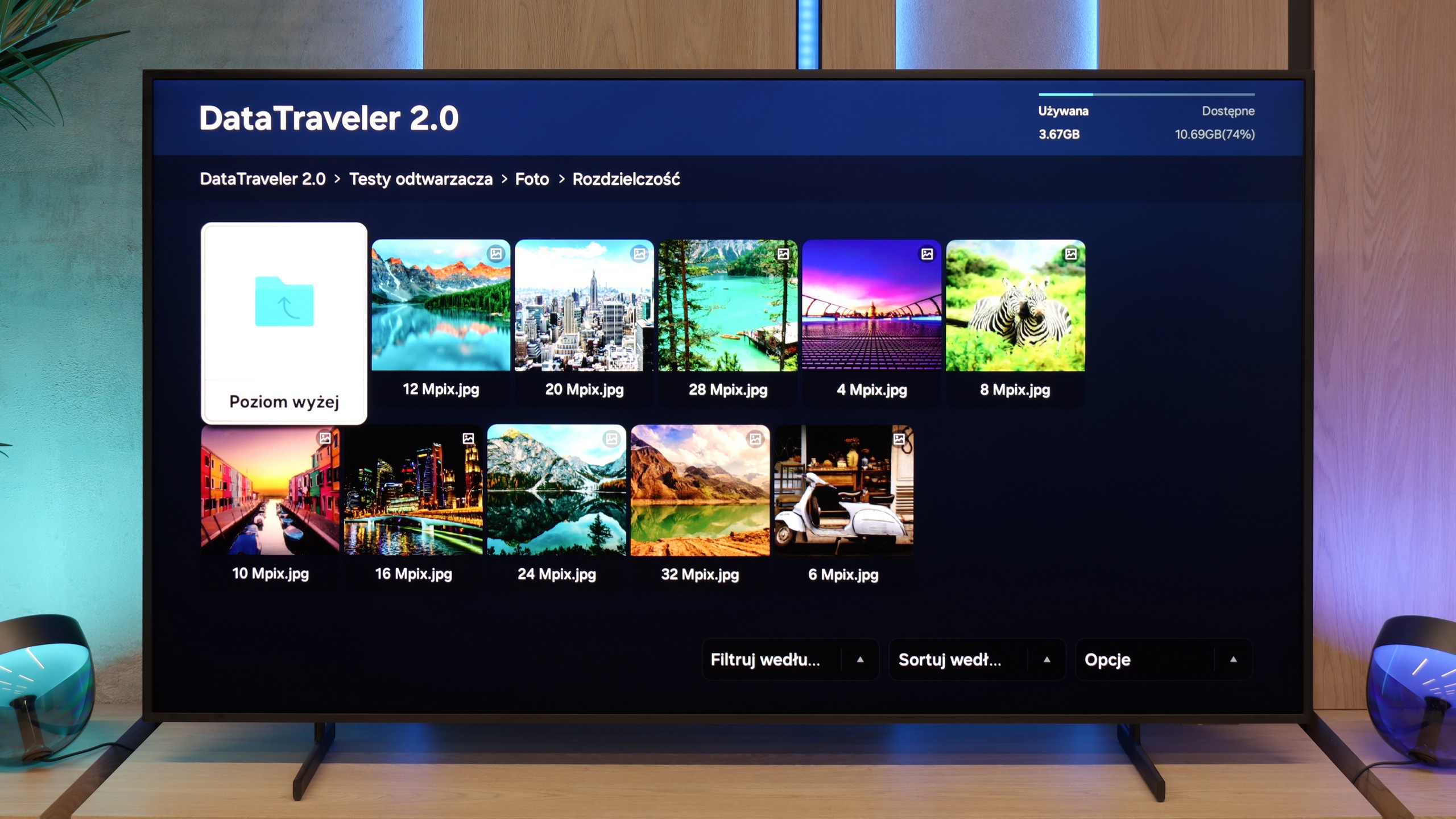Classic TV Features
In terms of basic TV features, the TCL C9K does not disappoint – it has everything that most users expect. The EPG guide works smoothly, teletext is available, and pairing Bluetooth headphones, a mouse, or a keyboard is straightforward. However, it should be noted that in the Google TV system – just like in other TCL models – there are no more advanced options, such as recording programs or picture-in-picture (PiP) mode. Some may find this lacking, especially if they have used such features with competitors. It's also worth mentioning that we only have one USB port available – enough to connect a drive with movies or a flash drive, but if someone plans to use multiple devices, they might find this insufficient.
Smart Features
While the TCL C9K does not stand out in terms of classic solutions, it showcases its full potential in the realm of smart features. The Google TV system is currently the most popular platform, and it's easy to see why – the library of applications is vast. Netflix, YouTube, Disney+, HBO Max, Amazon Prime Video – all are readily available. Only those very attached to more closed ecosystems, such as Apple Music, will feel the gaps. A significant advantage is the built-in voice assistant – it works quickly, understands natural commands, and allows for convenient control of the TV: from switching channels to opening applications, to searching for content or checking the weather. It is in this aspect that the TCL C9K shows that a smart TV is more than just a "TV with the internet" – it is a tool that truly simplifies daily use of the device.
Smart Features
Samsung The Frame Pro runs on the Tizen system, which has been the hallmark of the Korean manufacturer for years. It is one of the most refined smart TV environments – fast, stable, and intuitive. It virtually includes all popular streaming applications, and the interface operates smoothly and without significant delays. Features such as AirPlay 2, screen mirroring, and voice control of the TV using Bixby, Alexa, or Google Assistant are also supported.
TV Functions
When it comes to classic TV functions – as in almost every Samsung – this is not the device's strongest aspect. We receive a clear EPG guide, teletext support, the ability to connect headphones via Bluetooth, and that's about it. We won't find more advanced tools known from TVs (e.g., USB recording or PiP). However, this is standard in Samsung's offering. The manufacturer has been setting trends for several years and focuses mainly on smart features, while traditional television is somewhat neglected.
Art Store and Interchangeable Frames – A Unique Element of the Series
What has distinguished the series The Frame since its inception is the Art Mode and the Art Store application. Thanks to it, we can display reproductions of artworks on the screen, ranging from classics to modern graphics. The service is indeed paid (in the form of a subscription or a one-time annual fee), but it ensures that the materials are prepared in the highest quality, making the displayed images look almost as if painted. This element, along with the option to change the TV's frames, makes The Frame Pro serve a dual purpose as a television and a stylish interior design element.
Wireless One Connect Module
The second unique element of The Frame PRO is the wireless One Connect module, which includes all HDMI ports and other connections. This allows the TV to hang on the wall almost like a real painting, while all the electronics and cables can be placed in a separate box positioned even a few meters away. The device is powered via USB-C and takes over all the "thinking" processes of the TV. While this solution has its limitations for gamers or those using PCs (latency, deterioration in font quality), it works great for connecting amplifiers, decoders, or individual multimedia devices. It's a very "gadgety" solution, but in everyday use, it proves to be simply convenient and allows for better arrangement of space in the living room.
